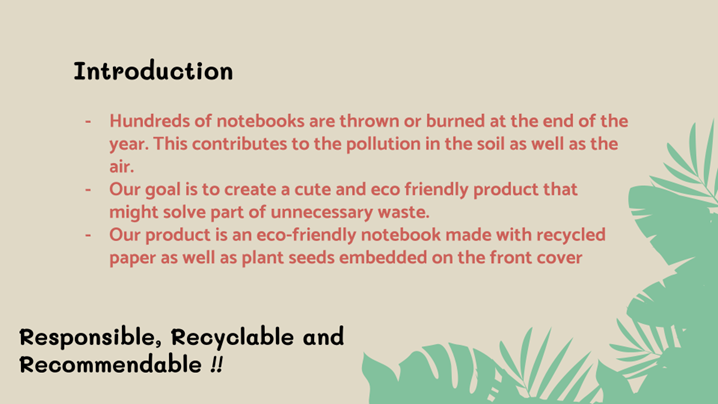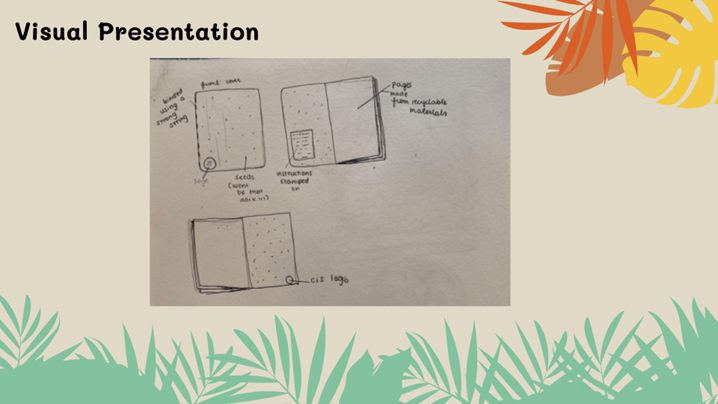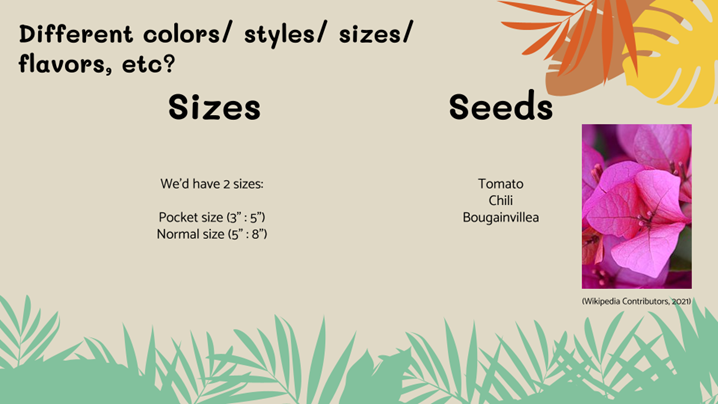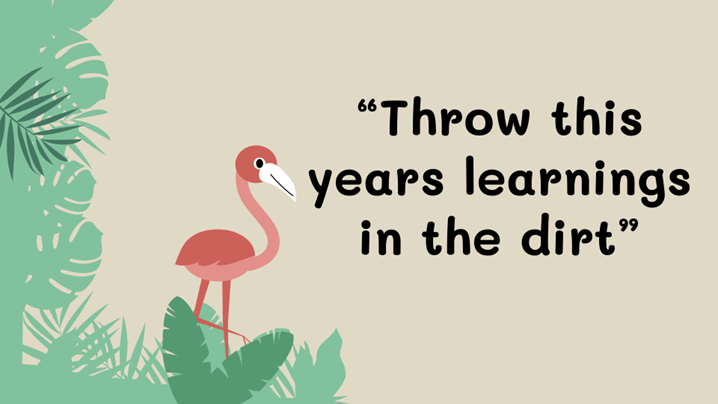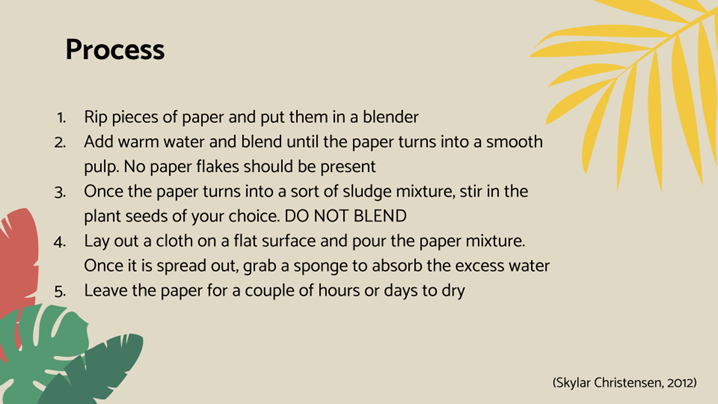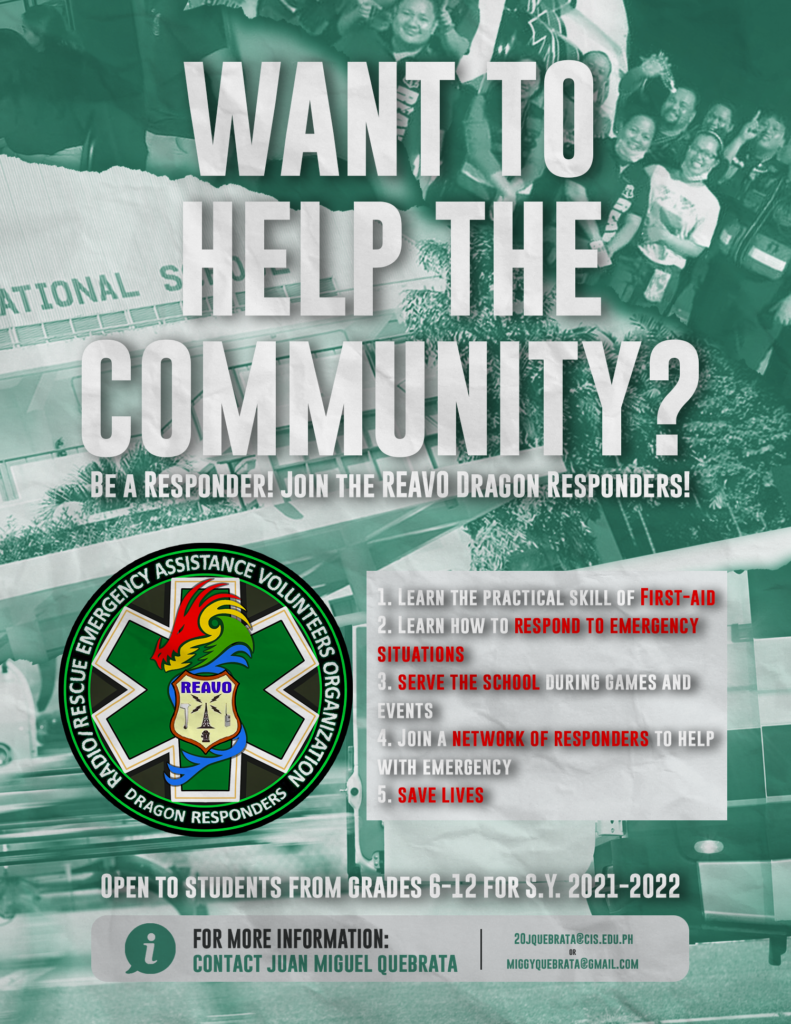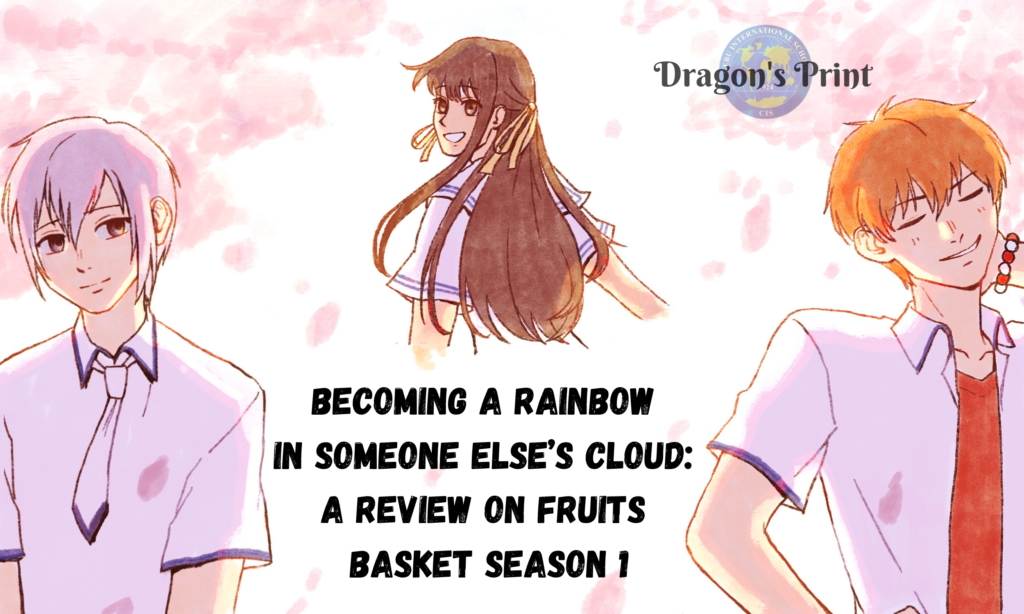
Admin Notes
by Dr. Gwyn Underwood, Superintendent
As we finish up our week in preparation for our long weekend, I wanted to send a quick thank you to students for the effort they have been putting into their learning, and to cover a few parent matters involving how we can support our students learning this school year.
The success of any parent group at school is dependent on the proactive collaboration of a key number of members. Our vision of what we can do as a PTA is depicted in this slide.
 As the pandemic limits our ability to operate in a number of areas, the PTA has discussed keeping things simple this year and focusing on relationships and Social Emotional Learning (SEL).
As the pandemic limits our ability to operate in a number of areas, the PTA has discussed keeping things simple this year and focusing on relationships and Social Emotional Learning (SEL).
How can you contribute? I am glad you asked! As the slide notes, we would love for you to actively support class, school & PTA activities through participation and volunteering to assist with the organizing. More specifically, in order to help us reach our goal, we need your support by:
- Attending parent meetings and volunteering to help with PTA events
- Volunteering to be a Class Parent for your child’s grade
- Volunteering to become a CIS PTA Board member
We will be emailing you directly with more information about these opportunities soon. A good reminder of what is important for any group to succeed is given by Nafeez Ahmed, who highlights, “Getting through coronavirus will be an exercise not just in building societal resilience, but relearning the values of cooperation, compassion, generosity and kindness, and building systems which institutionalize these values.” Your involvement in CIS PTA activities will contribute to ensuring the CIS community is one that supports student learning and health and wellbeing, both in and out of the classroom. I look forward to seeing you at our next Parent Coffee meeting on September 29th at 9am (typically held last Wednesday of each month).
Enjoy the Monday holiday (National Heroes Day), and have a wonderful long weekend!
CIS Corporation Membership
This is the second and final call for CIS Parents to become CIS Corporation members (the deadline for membership is next Thursday, 2nd September 2021). Please refer to the poster for details.
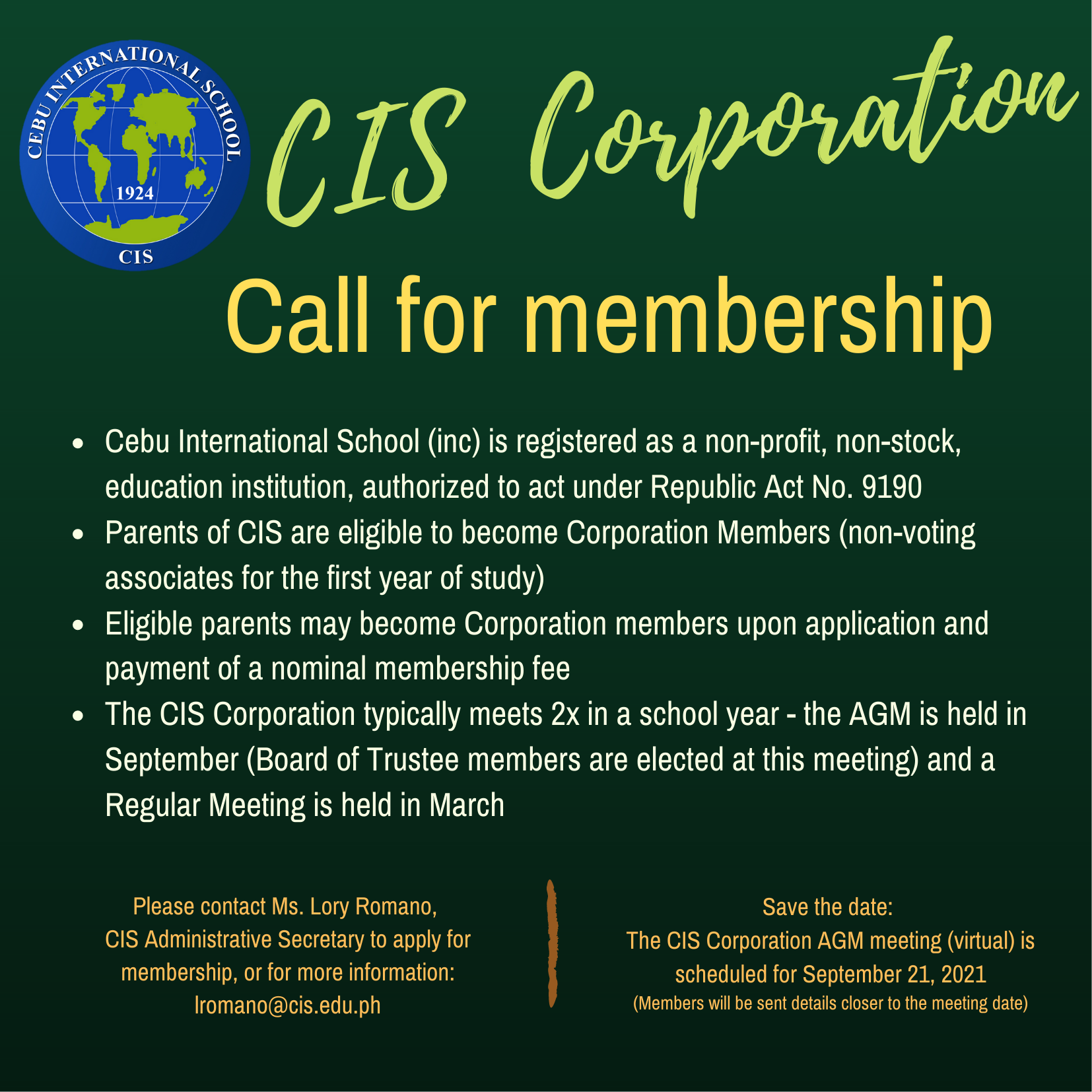
Early Years Arts Class
by Ms. Thea Raagas, Art Teacher
In Early Years, our Central Idea is “The Elements of Art allow us to represent and appreciate ourselves.” Some of the questions we are asking ourselves as we explore this unit are: “How can we use the elements of art to create an effective artwork?” And, “How can we use the art elements to share who we are?” We hope to be able to look at lines, colors, shapes and texture as elements of art as we explore this unit, and we are currently focusing heavily on LINES.
Artwork by Basquiat
In Early Years, during our class synchronous call with Ms. MJ, we looked at the lines on Basquiat’s helmet. Basquiat was showing us his blue helmet that had yellow lines on top of it. We used his sharing as a springboard, to connect to our Art Unit which is all about Lines. We explained to him that he had to make different lines using materials like yarn and straw, and then take a screenshot and upload this to Seesaw. Here are some photos of what Basquiat uploaded on Seesaw. Good job Basquiat! Keep those lines coming!
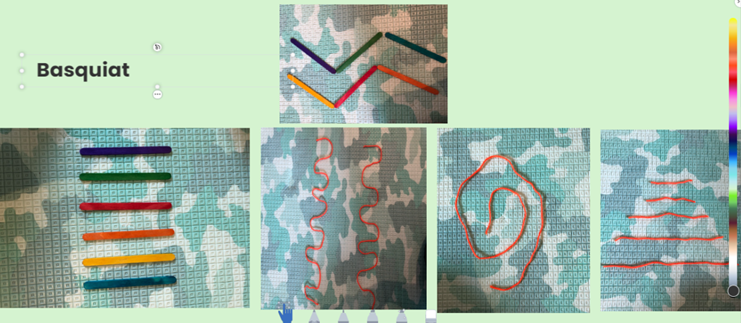
In our second class, the following week, Basquiat demonstrated how to create Squiggly Lines using the tools on the Seesaw Creative Canvas Template. He created this artwork after listening to the story called, “Lines that Squiggle”, by Candace Whitman. In his artwork we can see blue lines, yellow lines and a variation between thick and thin lines.

Artwork by Lincoln
In Early Years, Lincoln has submitted this photo of his popsicle sticks on Seesaw. This is in connection to our discussion about lines. We can see that Lincoln was able to form zigzag lines and straight lines using his materials. These even combined to form triangles and this shows that Lincoln is already learning about shapes. (Shapes are lines that meet at both ends!)
Great job Lincoln! Keep up the good work!
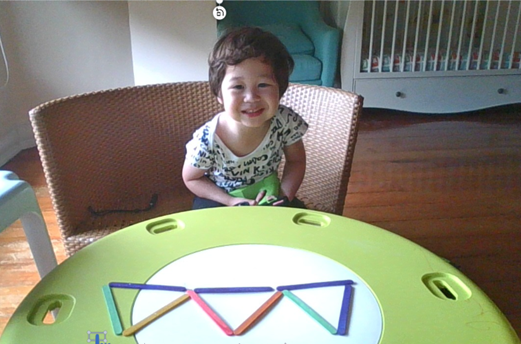
Here is a photo of Lincoln with his Squiggly Lines. He created these after listening to the book, “Lines that Squiggle”, by Candace Whitman. His artwork shows blue, purple, red, yellow and green squiggly lines.
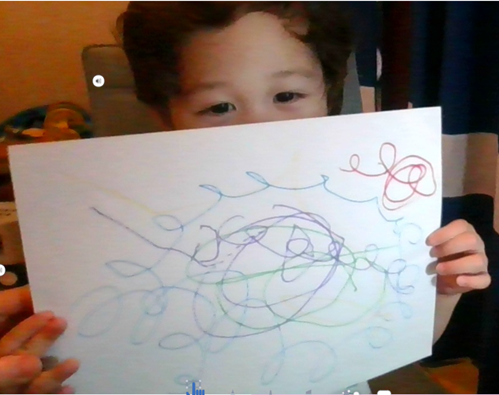
Grade 11 Psychology Class
by Mr. Michael Stewart, IBDP Psychology Teacher
 Diagnosis of a Zombie Brain
Diagnosis of a Zombie Brain
Grade 11 IB Psychology students are currently learning about the brain and behavior. Because studying brain anatomy can be a dry subject, we decided to learn about the different structures of the brain and their functions by diagnosing the brains of zombies. Why do zombies walk so strangely? Could it be that their motor cortices are damaged? Maybe a problem arising in the cerebellum? Why can’t zombies create meaningful speech? Perhaps they’ve suffered trauma in Broca’s Area, a structure located in the left frontal lobe. Watch the videos below to find out what some of our budding neuroscientists came up with in answering these and other intriguing questions!
Click for the students’ videos below!
Health Advisory

Dragon’s Print
To start of the school year strong, Dragon’s Print’s interviewed some of our seniors to give our newly DP1 students or future IB students advice on starting the rigorous curriculum the right way.
Read about their IB experiences at dragonsprint.cis.
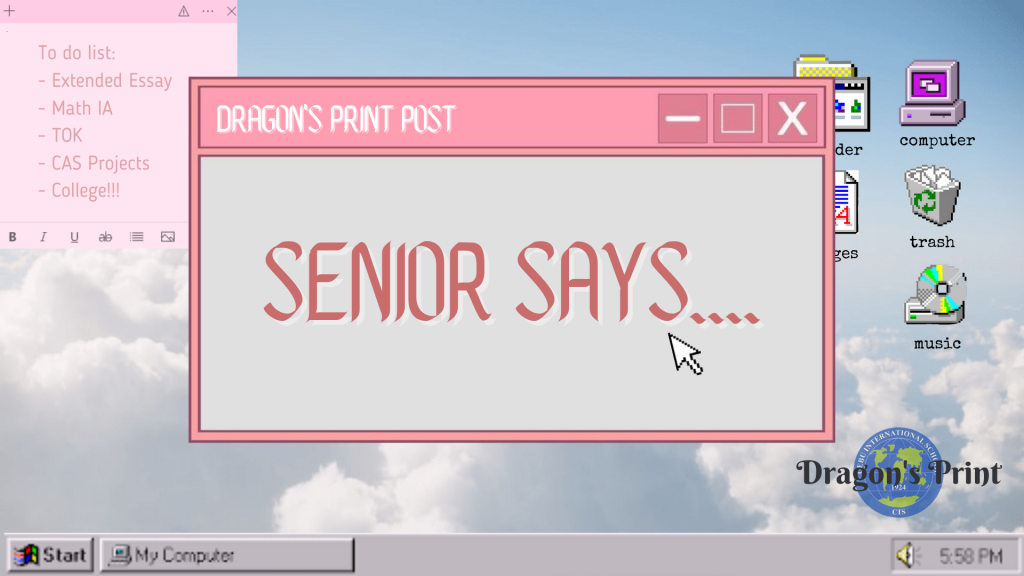
College/Careers Counselor Corner
by Ms. Jenny Basa, College/Careers Counselor
Tip of the Week
When applying to universities, the first step is always to create an account using the application portal using your email address. Here are some important tips:
| DO | DON’T |
| Use your personal email address. | Use your CIS email because this address will be deactivated after graduation. |
| Use your first and last name for your email address. Sample: jeremy.santos454@gmail.com | Use character/cartoon names for your email address: Not acceptable: cookie.monster454@gmail.com |
| Upload a formal photo for your email account. You want to present yourself professionally to the university. | Use cartoon characters or any other photo other than your formal photo as your profile picture. |
| Use one email address for all your applications for easier tracking. | Use multiple email addresses for applications. This will only confuse you and the admission officers |
| Check your email daily There may be time-sensitive messages from the universities that need to be addressed. | Forget to check your email daily. You might miss important messages from the universities you are applying to. |
SAT Update
The dates below indicate that registration is open. However, it is highly likely for future dates to be cancelled depending on quarantine restrictions.
| 2021-2022 Test Dates | Registration Deadline |
| August 28, 2021 | CANCELLED |
| October 2, 2021 | September 3, 2021 |
| December 4, 2021 | November 4, 2021 |
| March 12, 2022 | February 11, 2022 |
| May 7, 2022 | May 5, 2022 |
The Optional SAT Essay and Subject Tests have been discontinued.
To register for the SAT, you may click on this link. If you need assistance or have any questions, please feel free to email Ms. Jenny Basa at jbasa@cis.edu.ph.
Upcoming Virtual Events and Fairs
(students & parents are welcome)
DATE
Sunday Aug. 29
11:00AM PHT
Links to register:
Sunday Sept. 12
6:00PM EDT
Monday Sept. 13
7:00PM EDT
Tuesday Sept. 14
7:00PM EDT
Sunday Sept. 19
6:00PM EDT
Monday Sept. 20
7:00PM EDT
Tuesday Sept. 21
7:00PM EDT
EVENT
Study in Japan Virtual Fair
Link to register – Please refer to the LIST of participating institutions.
Exploring College Options : A special informational program hosted by USA’s top leading universities. You are invited to a 90-minute webinar hosted by admission officers to help you explore your college options and prepare a strong and reflective application in this time of change and new challenges.

If you have questions about accessibility or these programs in general, see our FAQs. Please note that the schedules indicated are all in Eastern Daylight Time (EDT), 12 hours behind PH time.



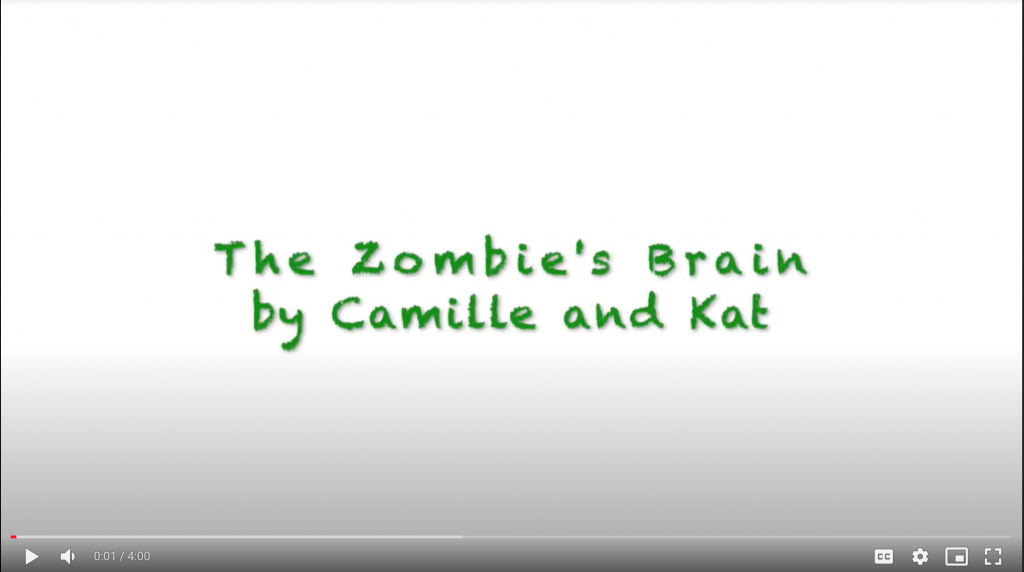
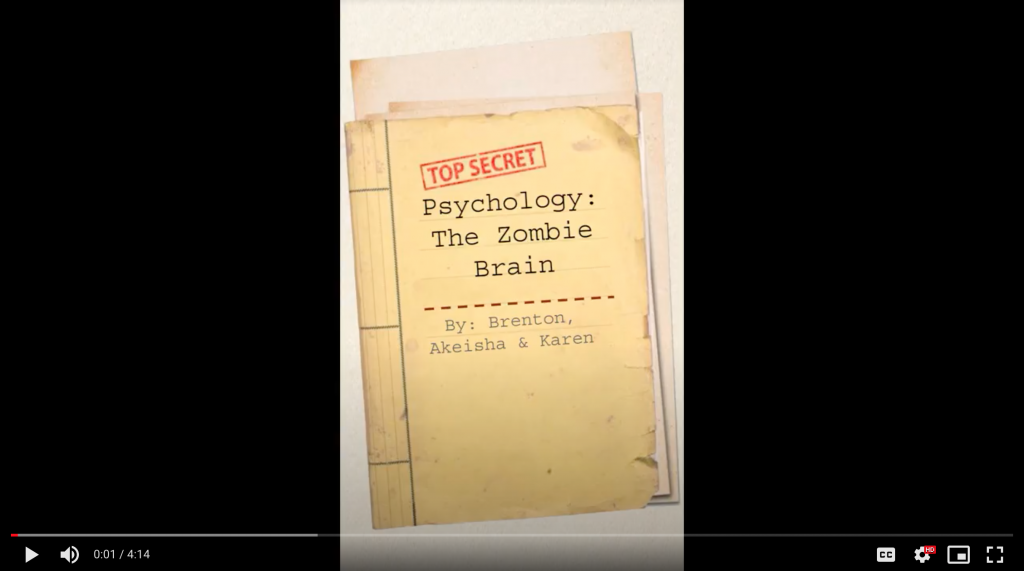
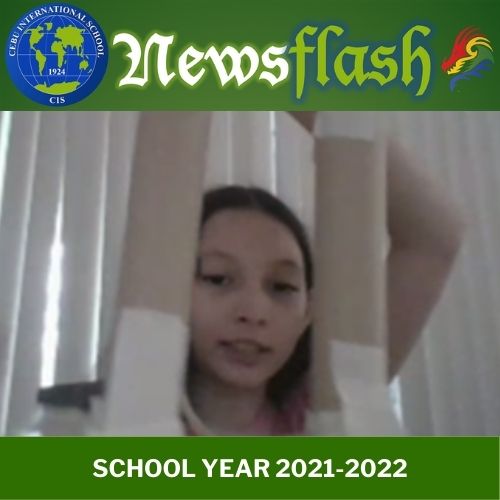

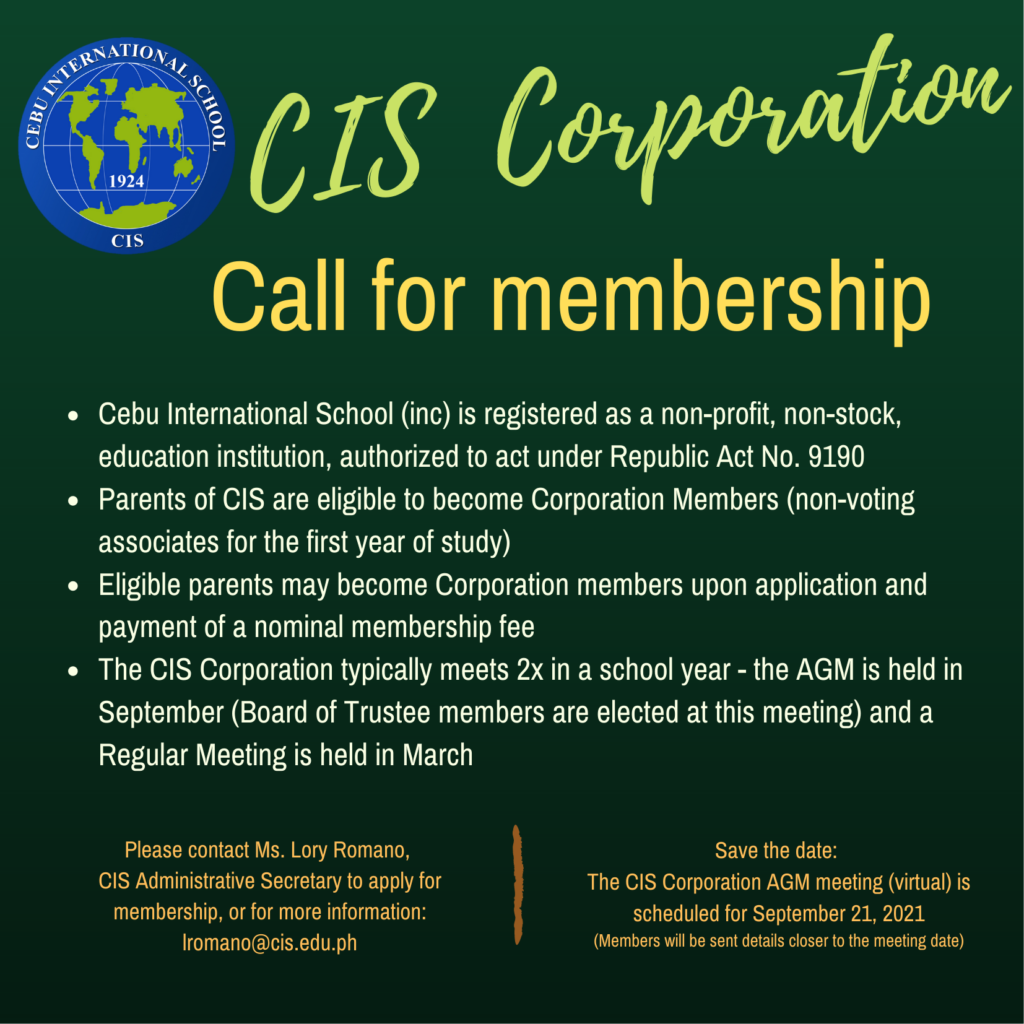
 It has been a whirlwind start to the year and my time as EY – 12 Principal at CIS. Testament to the community nature of the school, I have found myself immediately welcomed and feeling valued despite working from Jordan, close to 9,000km away from Cebu; such is the strength of the community and the power of technology.
It has been a whirlwind start to the year and my time as EY – 12 Principal at CIS. Testament to the community nature of the school, I have found myself immediately welcomed and feeling valued despite working from Jordan, close to 9,000km away from Cebu; such is the strength of the community and the power of technology.
 School. I was particularly impressed with the maturity of the students that were prepared to put themselves out there and campaign for President and Vice President positions. Doing their best for others was central to their campaign messages. In the Middle and High School, we have also had the recent election of House Captains which also carry important formal responsibilities. Student leadership elections link strongly with learning about citizenship and the processes involved in democracy. It is important to note that all these leaders were elected by the students themselves.
School. I was particularly impressed with the maturity of the students that were prepared to put themselves out there and campaign for President and Vice President positions. Doing their best for others was central to their campaign messages. In the Middle and High School, we have also had the recent election of House Captains which also carry important formal responsibilities. Student leadership elections link strongly with learning about citizenship and the processes involved in democracy. It is important to note that all these leaders were elected by the students themselves.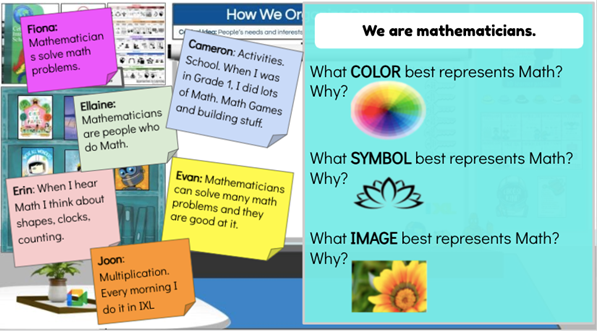

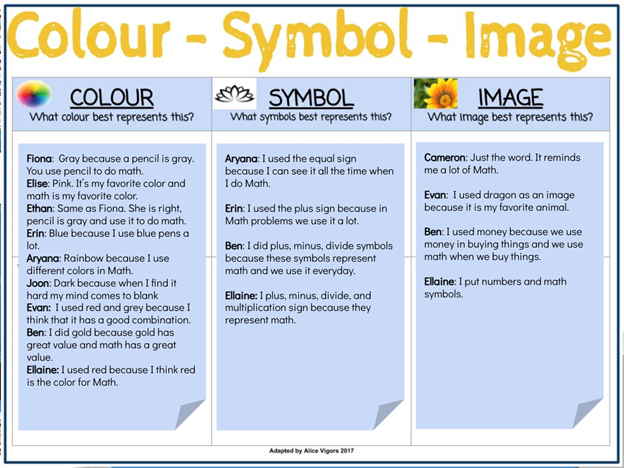

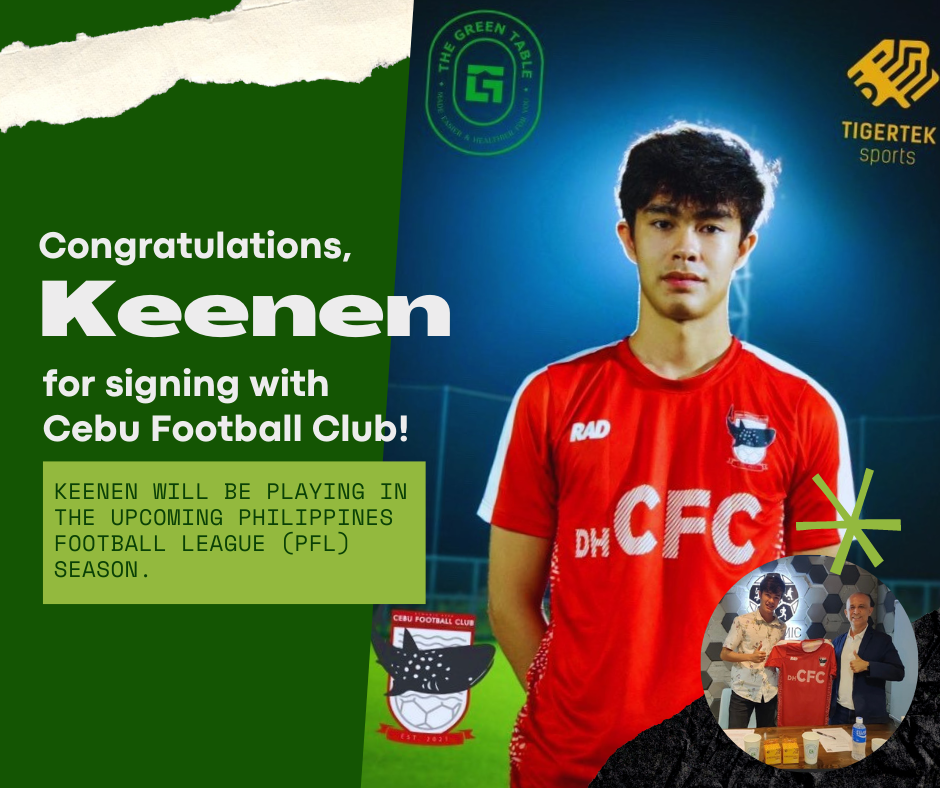



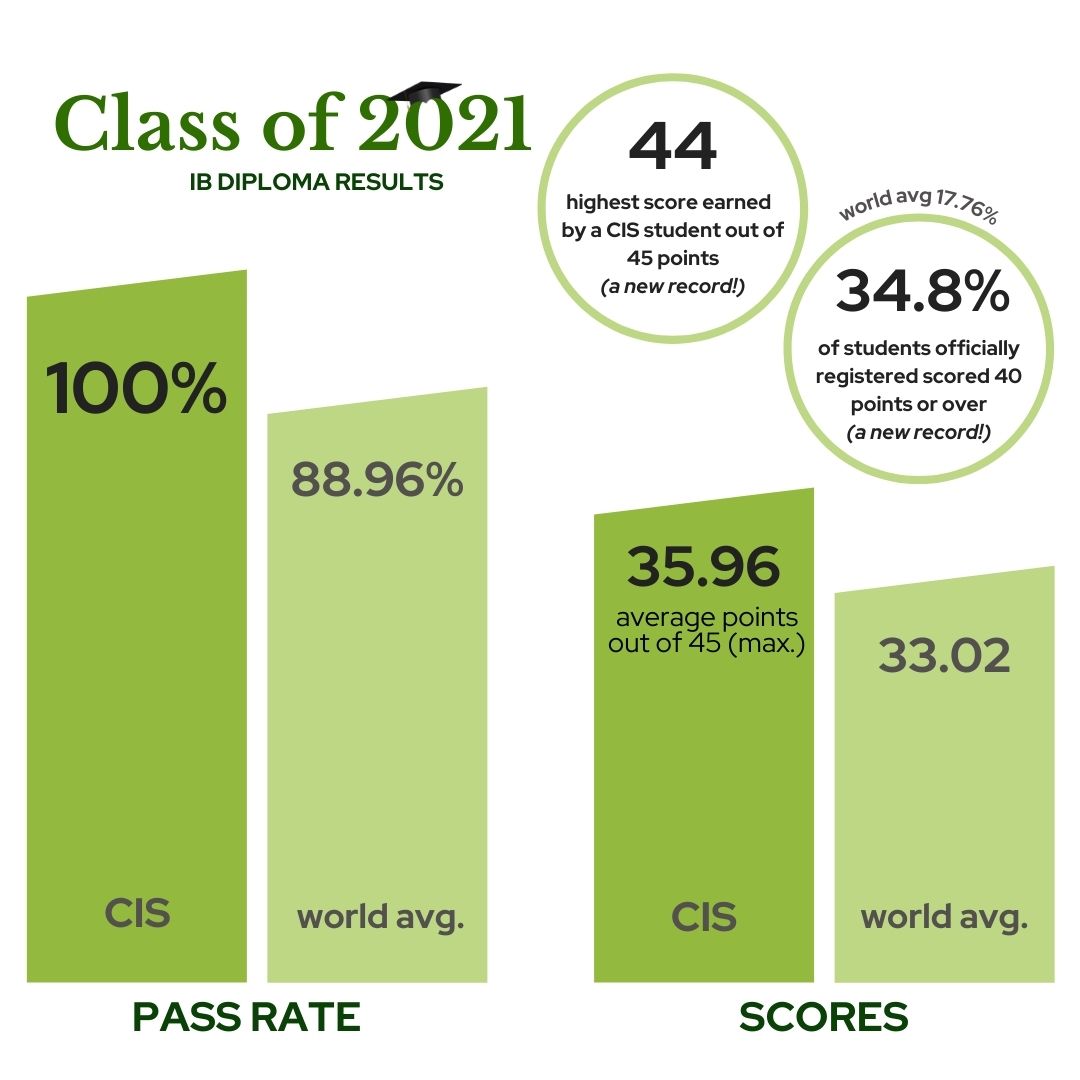
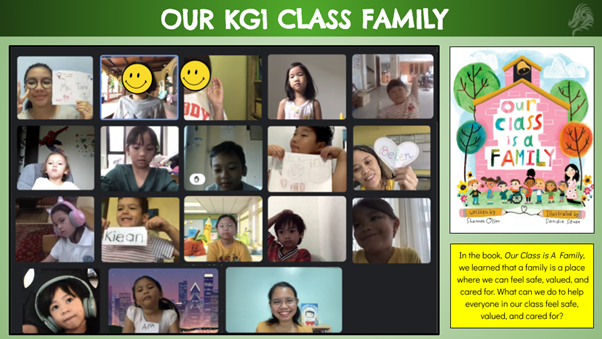
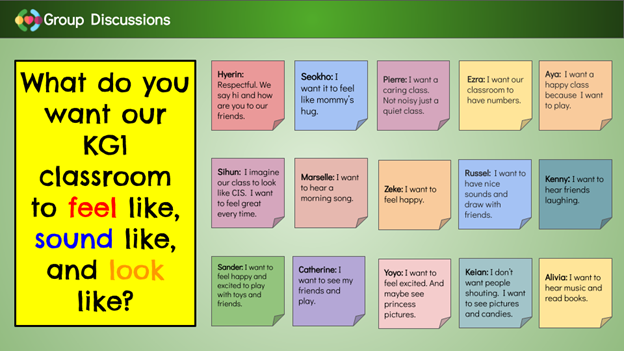
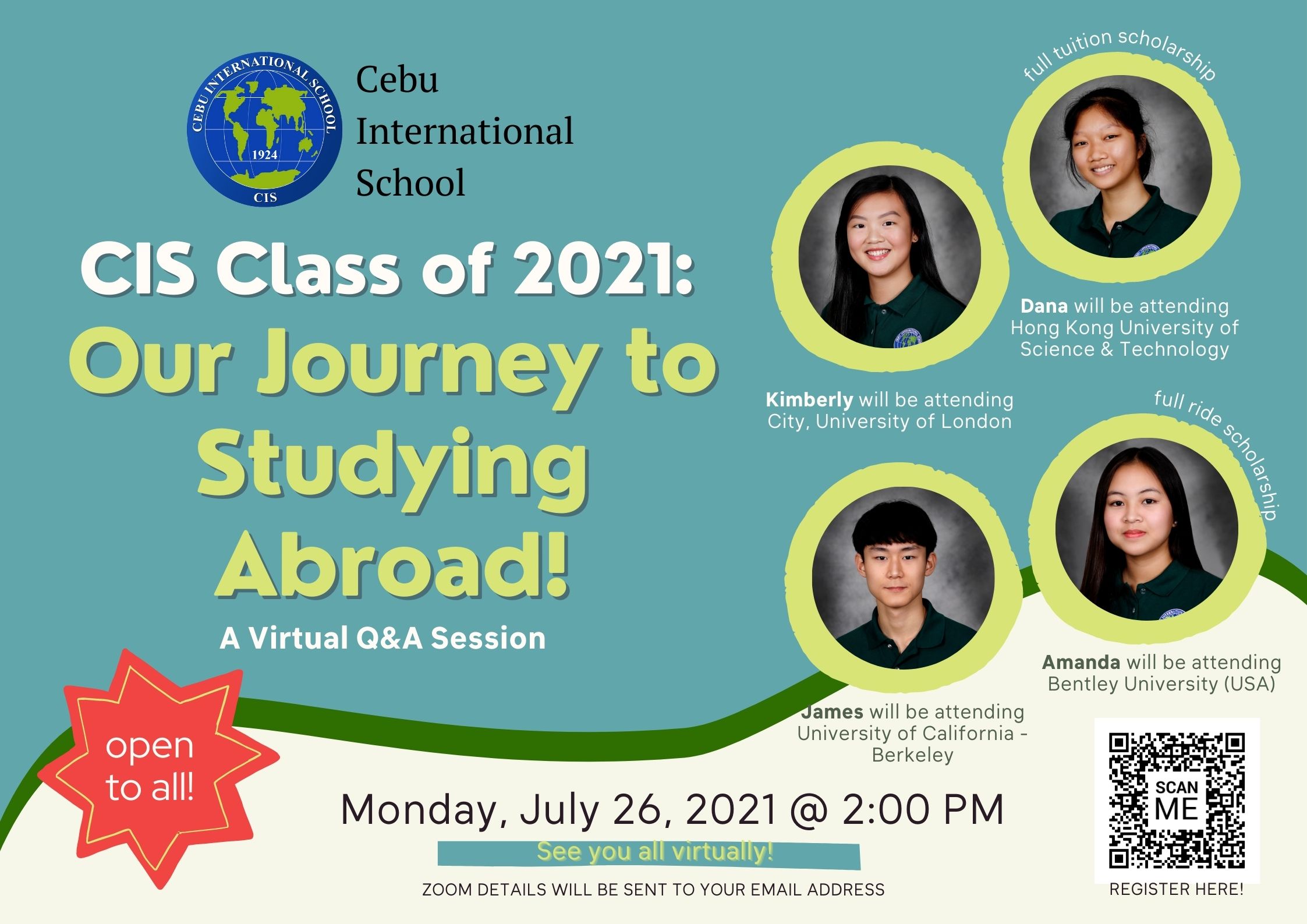
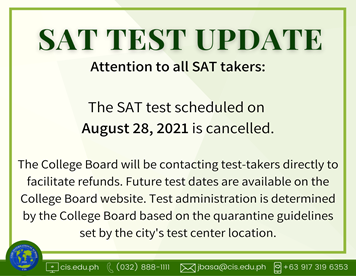
 IT Department Update
IT Department Update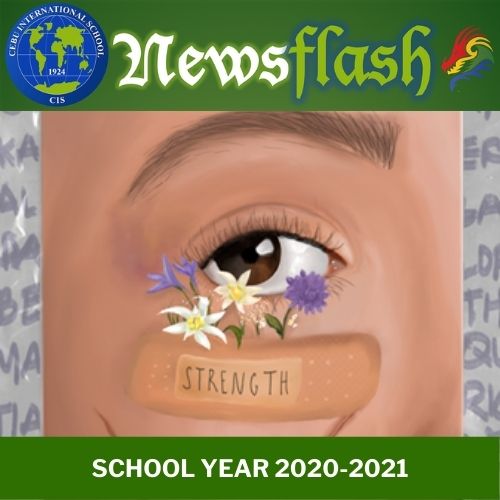
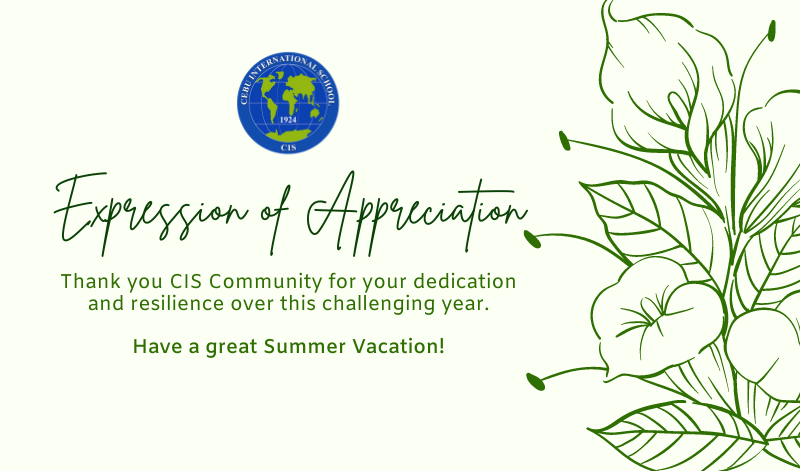
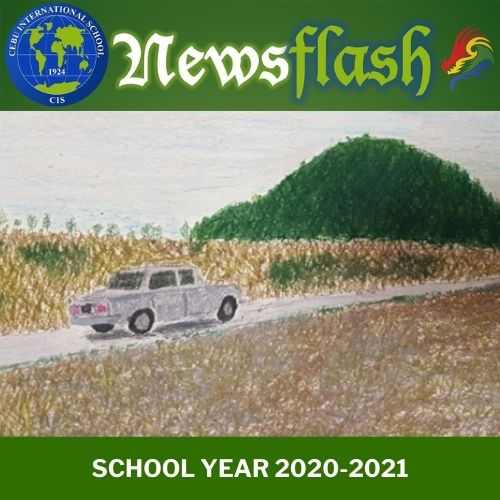
 In answer to the first question, a common theme from the students across the school was
In answer to the first question, a common theme from the students across the school was 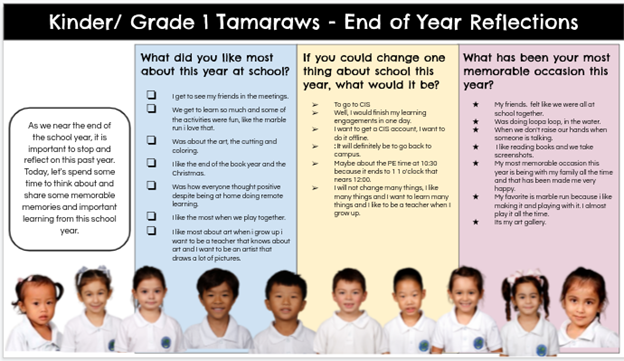 Early Years
Early Years KG and Grade 1
KG and Grade 1 Grade 2
Grade 2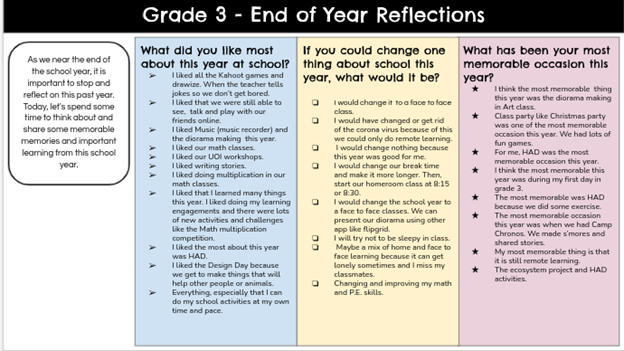 Grade 3
Grade 3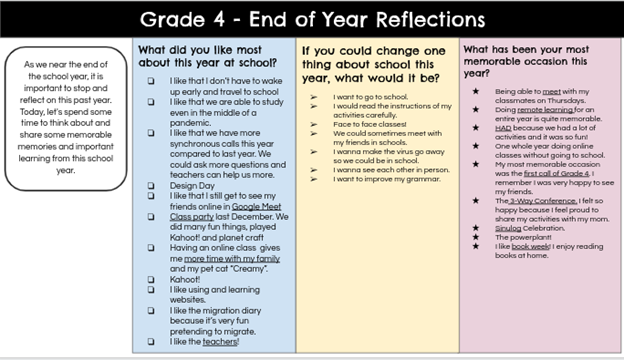 Grade 4
Grade 4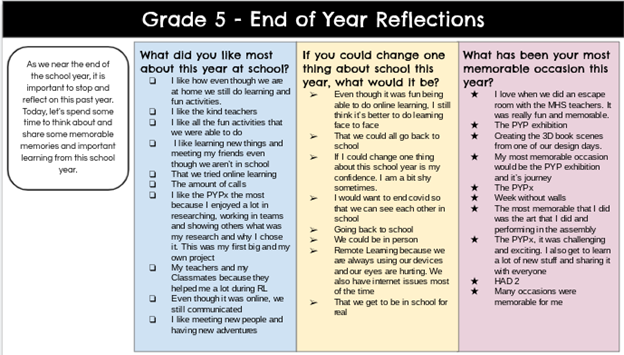 Grade 5
Grade 5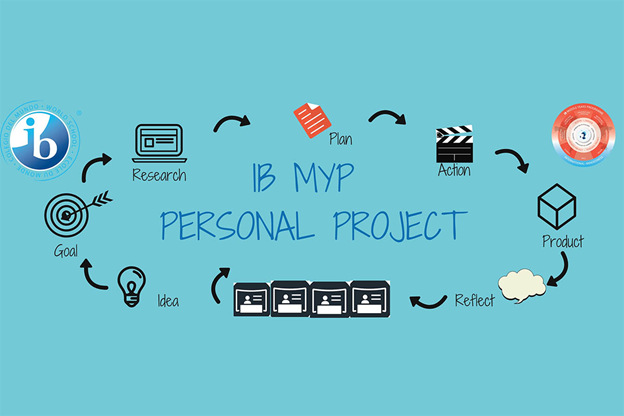
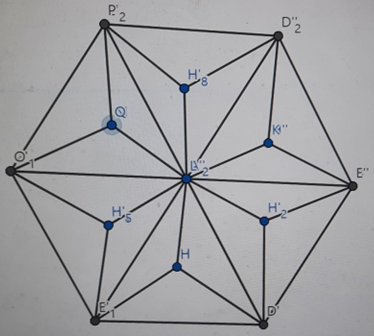 year students were able to use the online graphing software GeoGebra. This tool allows students to graph images and equations and use built in tools to transform the graphs.
year students were able to use the online graphing software GeoGebra. This tool allows students to graph images and equations and use built in tools to transform the graphs.
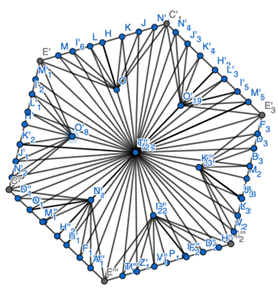
 Visual art in the MYP arts curriculum reflects the collective concepts and culture of great thinkers in the arts enhancing the way in which our students approach art-making through a creative and stimulating process that aims to generate in them a strong sense of agency. The MYP acknowledges the contribution of different cultures and experiences throughout time adding a life-long experience of a wide range of creative and cultural dimensions of art activities to benefit students in their artistic development. An integral part of the MYP curriculum is the process of making ideas a reality through the application of the skills and practices of the visual arts. Students of the MYP Visual Arts study to understand art styles, art movements, artists’ practices, art terminology, and specific artworks to allow a language of visual communication to flourish. Through studio work, students develop their technical skills, observation skills, and intellectual aspects of visual art such as critical and creative thinking, providing them with the ability to incorporate ideas into their own work.
Visual art in the MYP arts curriculum reflects the collective concepts and culture of great thinkers in the arts enhancing the way in which our students approach art-making through a creative and stimulating process that aims to generate in them a strong sense of agency. The MYP acknowledges the contribution of different cultures and experiences throughout time adding a life-long experience of a wide range of creative and cultural dimensions of art activities to benefit students in their artistic development. An integral part of the MYP curriculum is the process of making ideas a reality through the application of the skills and practices of the visual arts. Students of the MYP Visual Arts study to understand art styles, art movements, artists’ practices, art terminology, and specific artworks to allow a language of visual communication to flourish. Through studio work, students develop their technical skills, observation skills, and intellectual aspects of visual art such as critical and creative thinking, providing them with the ability to incorporate ideas into their own work. 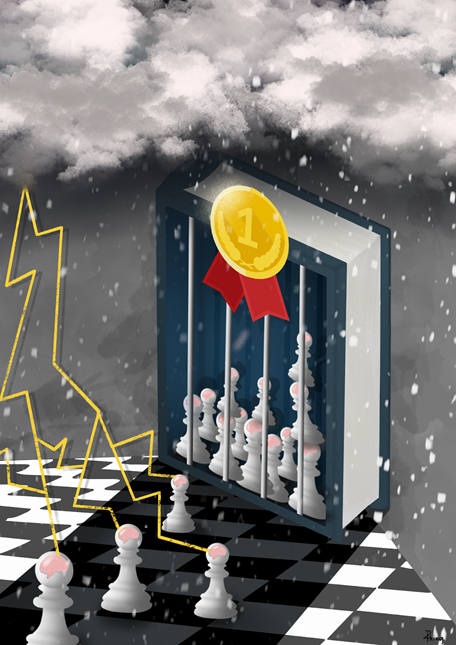


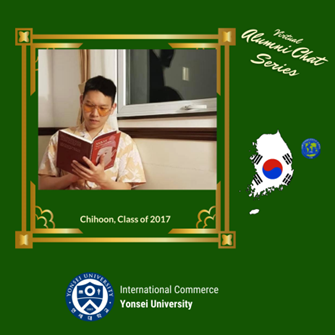


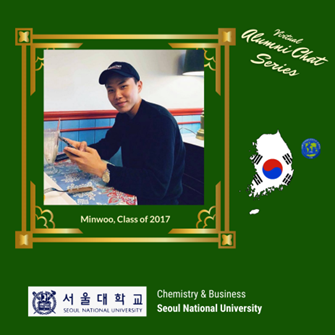
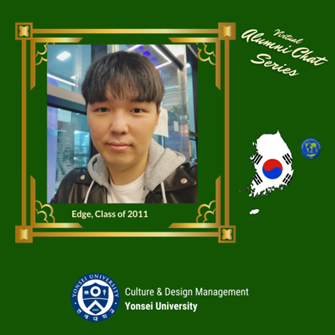

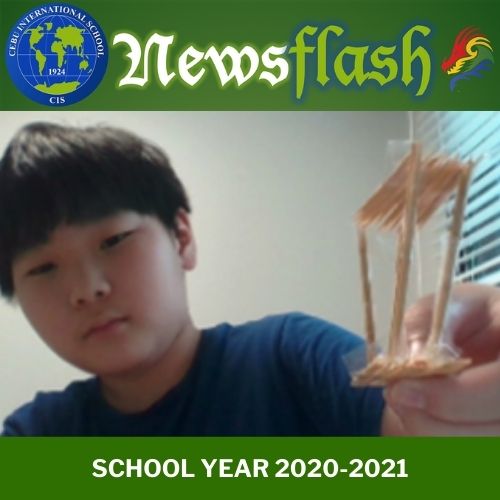


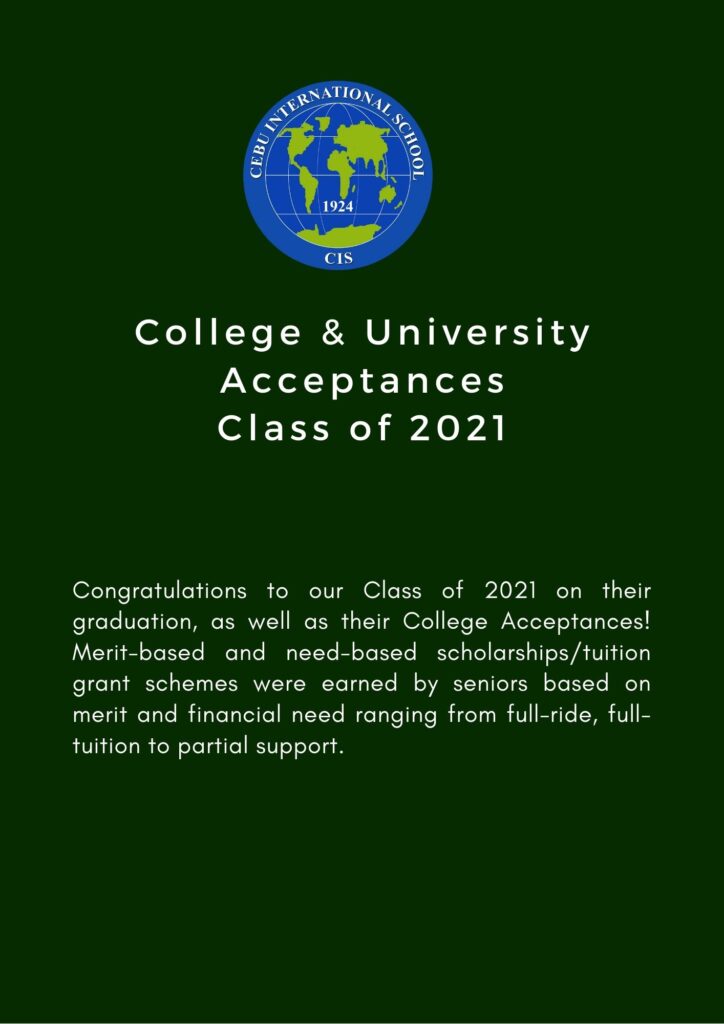

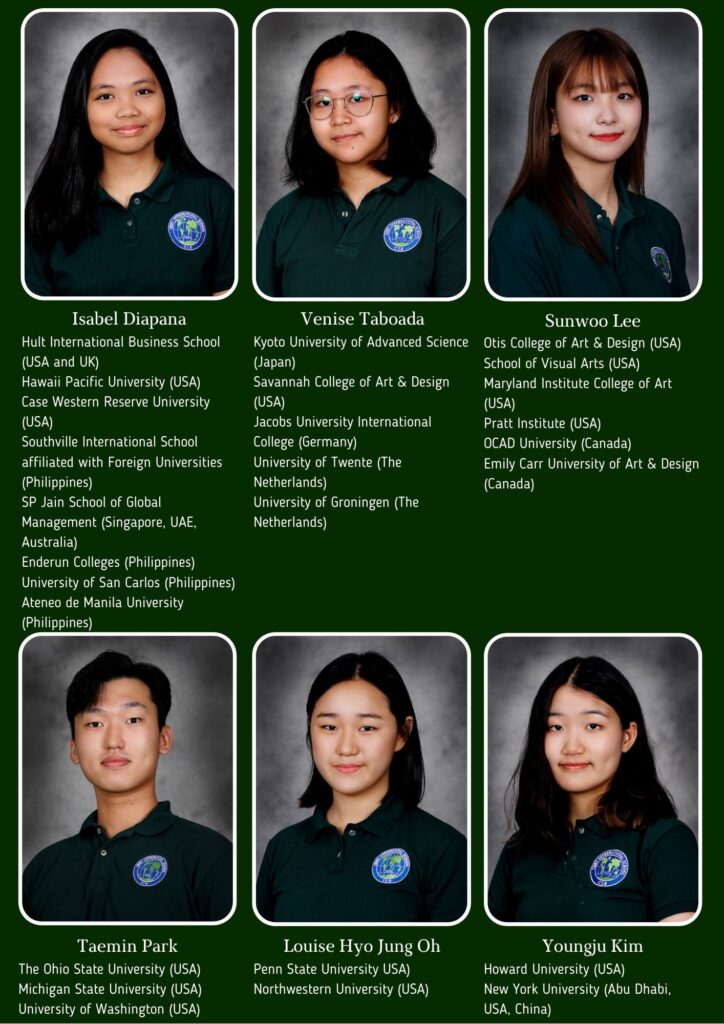

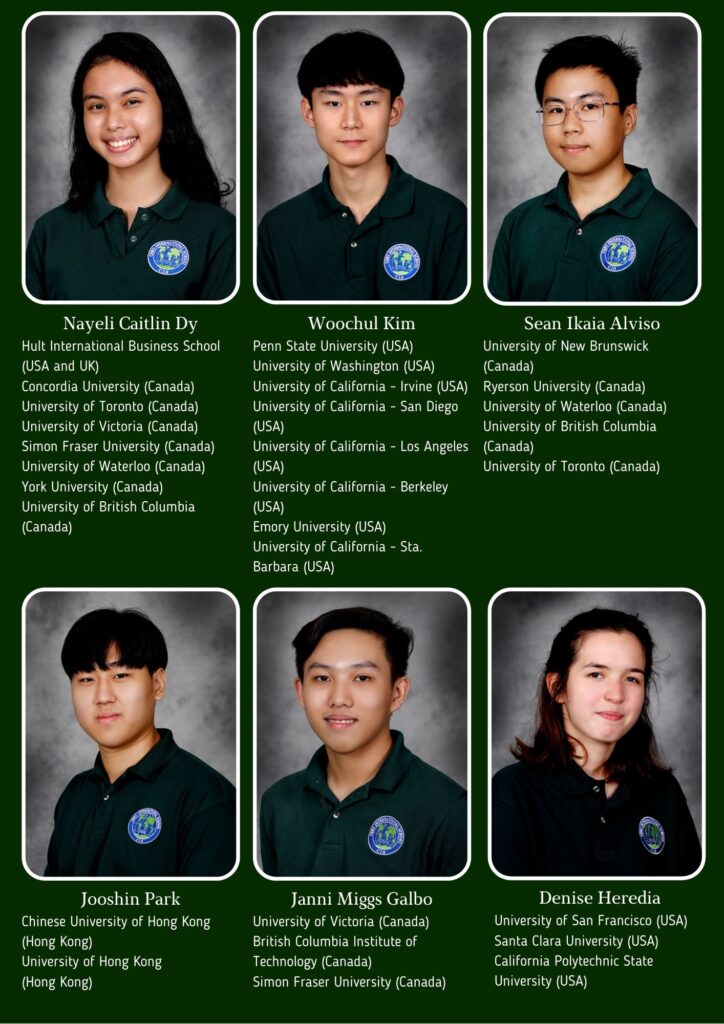
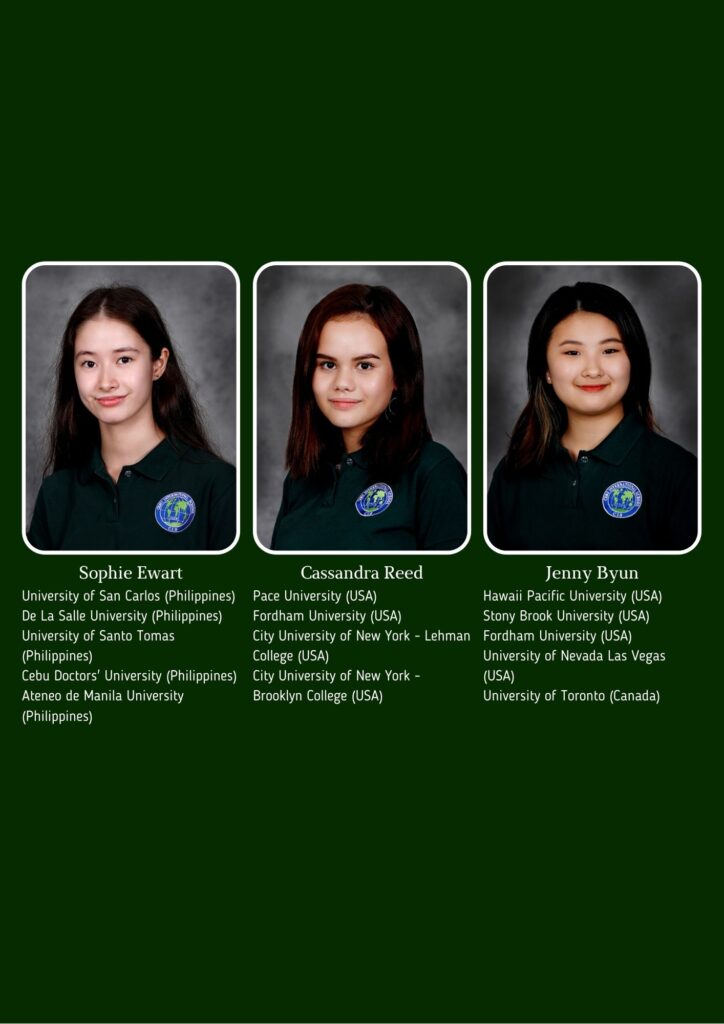
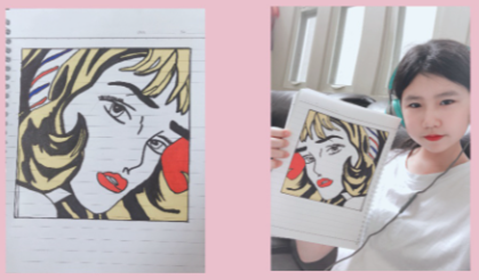
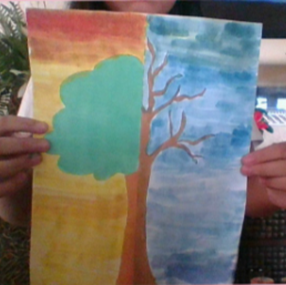
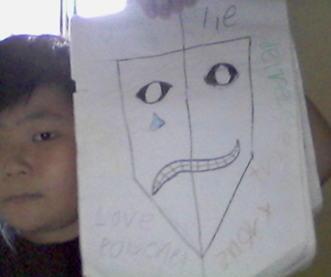

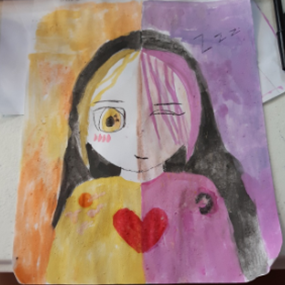
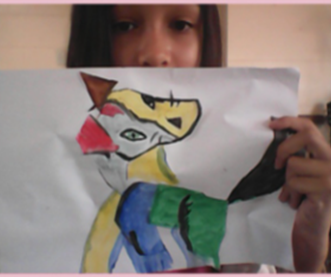

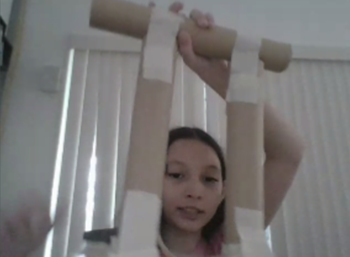


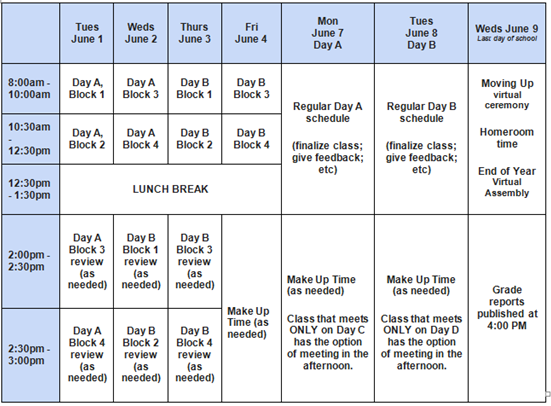 I am sharing our End of Year Schedule for MHS, including our Assessment Schedule for next week. The MHS teachers have collaborated to create a schedule that we feel allows us to assess student learning appropriately while not overburdening them with too much work being due on any given day. Although our students are sometimes anxious about assessments (especially tests), these can actually be seen as an opportunity for students to powerfully demonstrate what they have learned and what they can do. With our shift to more product and performance assessments this is now the case more than ever. Students striving to reach the explicitly laid out Assessment Criteria means that they have a clear target to aim for as they complete these assessments.
I am sharing our End of Year Schedule for MHS, including our Assessment Schedule for next week. The MHS teachers have collaborated to create a schedule that we feel allows us to assess student learning appropriately while not overburdening them with too much work being due on any given day. Although our students are sometimes anxious about assessments (especially tests), these can actually be seen as an opportunity for students to powerfully demonstrate what they have learned and what they can do. With our shift to more product and performance assessments this is now the case more than ever. Students striving to reach the explicitly laid out Assessment Criteria means that they have a clear target to aim for as they complete these assessments.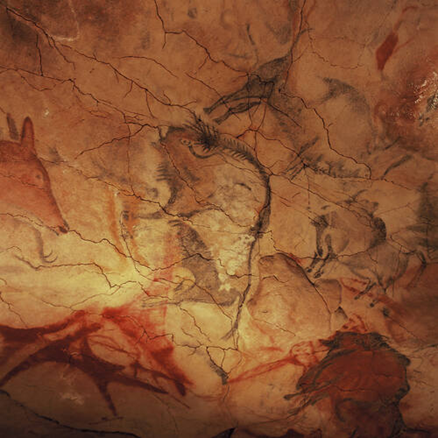 Source:
Source: 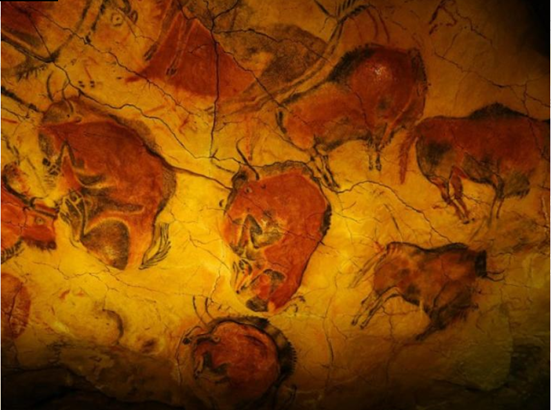
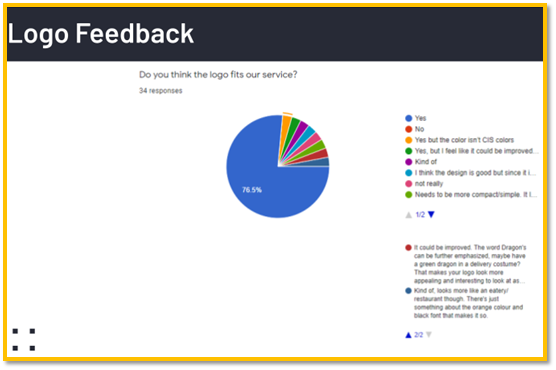 probing the pitches for oversights, but they were impressed by the knowledge and hard work so clearly on display. Here is one of the best pitches of the week, from Stefen and Edrigu. Their company – ‘Dragons’ Delivery’- had the Sharks circling immediately!
probing the pitches for oversights, but they were impressed by the knowledge and hard work so clearly on display. Here is one of the best pitches of the week, from Stefen and Edrigu. Their company – ‘Dragons’ Delivery’- had the Sharks circling immediately!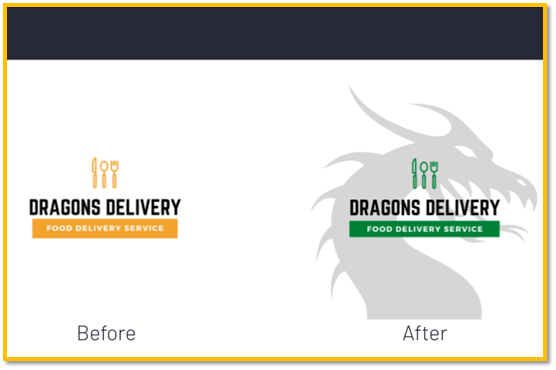
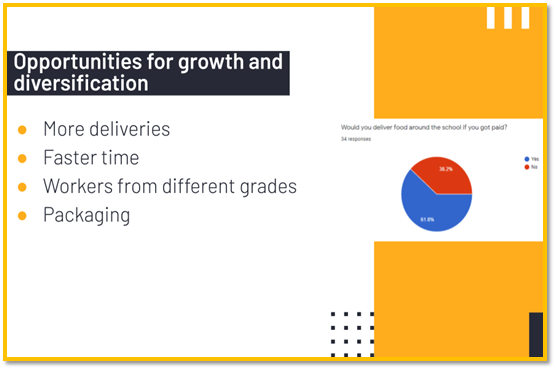
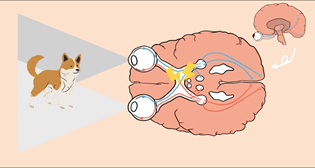 We learned about how the brain uses our past experiences (perceptual set) in order to dictate how we perceive the world. This unit had really opened my eyes to how our brain deciphers the sensations that are collected by our sense organs. Overall, it was really interesting to see everyone’s depiction of the processes of sensation and perception and how different illusions can trick our minds.
We learned about how the brain uses our past experiences (perceptual set) in order to dictate how we perceive the world. This unit had really opened my eyes to how our brain deciphers the sensations that are collected by our sense organs. Overall, it was really interesting to see everyone’s depiction of the processes of sensation and perception and how different illusions can trick our minds. 
 My presentation focused on the somatosensory system which is the huge network that allows us to touch an object and interpret it with our brain and different receptors. It was meaningful to learn deeply about the process of how sensation and perception works in every second of our lives. –
My presentation focused on the somatosensory system which is the huge network that allows us to touch an object and interpret it with our brain and different receptors. It was meaningful to learn deeply about the process of how sensation and perception works in every second of our lives. – 
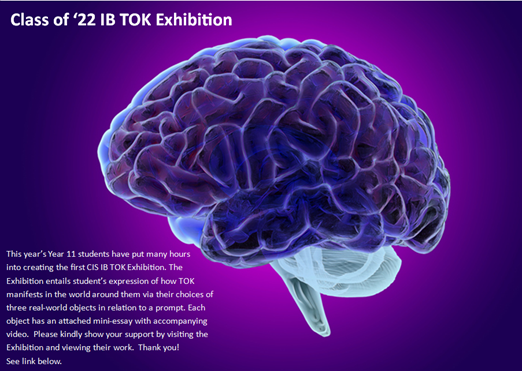 This year was a new and challenging year in TOK. For the first time the previous Presentation assessment had been dropped and the new TOK Exhibition introduced. It would also be an introduction coinciding with the adaptive and innovative requirements of the pandemic.
This year was a new and challenging year in TOK. For the first time the previous Presentation assessment had been dropped and the new TOK Exhibition introduced. It would also be an introduction coinciding with the adaptive and innovative requirements of the pandemic. 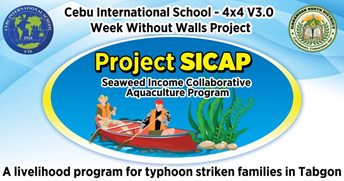 Caramoan Bicol
Caramoan Bicol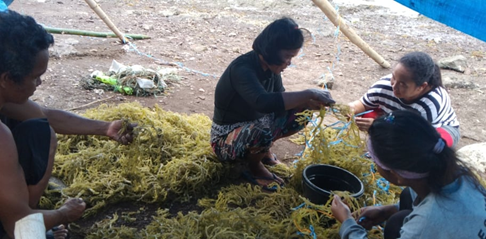 Here’s what Ms. Jean Naval our community leader there in Caramoan has to say;
Here’s what Ms. Jean Naval our community leader there in Caramoan has to say;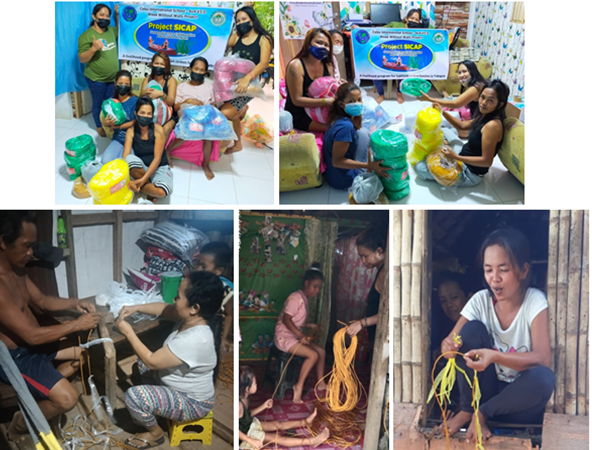 A spring of hope once again was seen on the horizon when, on a day of November just after the typhoon, Cebu International School contacted me. This started the journey and opened the door for new beginnings through Project SICAP (Seaweed Income Collaborative Aquaculture Program), a joint Livelihood project that aims to help the 7 families to rise again.
A spring of hope once again was seen on the horizon when, on a day of November just after the typhoon, Cebu International School contacted me. This started the journey and opened the door for new beginnings through Project SICAP (Seaweed Income Collaborative Aquaculture Program), a joint Livelihood project that aims to help the 7 families to rise again.
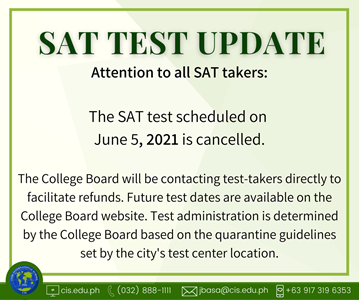


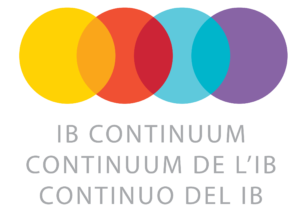
 This week the students have been working with their teachers to design their Celebration of Learning Day so that each learning from each subject area can be represented. The CIS PYP Curriculum is designed to prepare students for a rapidly changing world, one where the traditional realms of knowledge and skill become quickly outdated. In order to prepare students for this world the curriculum places considerable emphasis on
This week the students have been working with their teachers to design their Celebration of Learning Day so that each learning from each subject area can be represented. The CIS PYP Curriculum is designed to prepare students for a rapidly changing world, one where the traditional realms of knowledge and skill become quickly outdated. In order to prepare students for this world the curriculum places considerable emphasis on 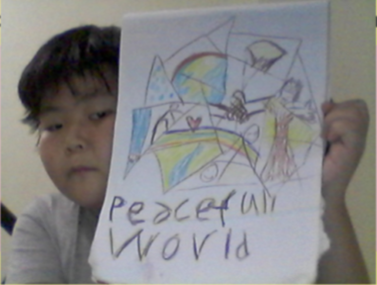 5 students as they finish their education in Elementary School and prepare to transition to Middle High School.
5 students as they finish their education in Elementary School and prepare to transition to Middle High School. 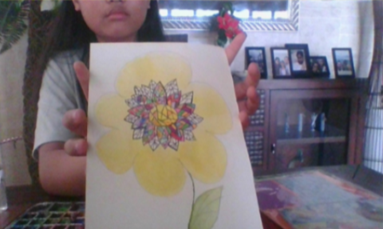 Of Inquiry and Key Questions, then employed their research skills through in-depth inquiries into their Central Idea.
Of Inquiry and Key Questions, then employed their research skills through in-depth inquiries into their Central Idea.  takers and knowledgeable communicators through capably conducting their live sessions.
takers and knowledgeable communicators through capably conducting their live sessions. 
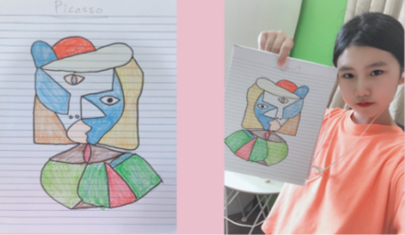 In other fields of learning, specifically in Arts, they are reading up about Cubism. Cubism was a revolutionary new approach to representing reality invented in around 1907–08 by artists Pablo Picasso and Georges Braque. They brought different views of subjects (usually objects or figures) together in the same picture, resulting in paintings that appear fragmented and abstracted.
In other fields of learning, specifically in Arts, they are reading up about Cubism. Cubism was a revolutionary new approach to representing reality invented in around 1907–08 by artists Pablo Picasso and Georges Braque. They brought different views of subjects (usually objects or figures) together in the same picture, resulting in paintings that appear fragmented and abstracted.  The Early Years participated in our story workshop and drew inspiration from the stories read during library classes. Having a story workshop process helped these young learner to develop their writing skills. They were able to build stories using different materials. The EYs made use of their imagination, life experiences and other familiar stories to create their own stories.
The Early Years participated in our story workshop and drew inspiration from the stories read during library classes. Having a story workshop process helped these young learner to develop their writing skills. They were able to build stories using different materials. The EYs made use of their imagination, life experiences and other familiar stories to create their own stories.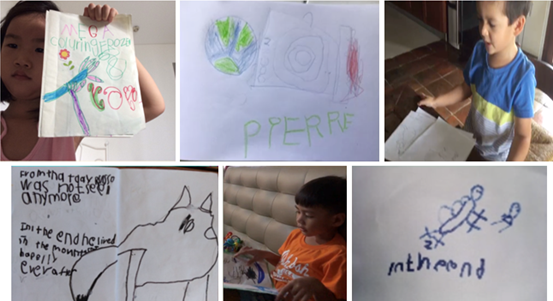 As they continued with the process, they managed to identify the characters, settings, and plot of their stories by using the transition words. At the end of the week, our young writers shared their stories in small groups and their stories were published in our Seesaw blog to allow others to share their friends’ stories and give comments or feedback.
As they continued with the process, they managed to identify the characters, settings, and plot of their stories by using the transition words. At the end of the week, our young writers shared their stories in small groups and their stories were published in our Seesaw blog to allow others to share their friends’ stories and give comments or feedback.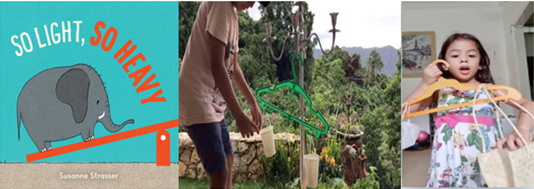 concept of heavy and light which allowed us to dive deeper and discover how heavy or light objects are. In math, our young learners made their own balancing scale to describe and explain their understanding of the concepts heavy and light. Now that we have a better understanding of the concepts heavy and light, we started to compare the length and weights of objects.
concept of heavy and light which allowed us to dive deeper and discover how heavy or light objects are. In math, our young learners made their own balancing scale to describe and explain their understanding of the concepts heavy and light. Now that we have a better understanding of the concepts heavy and light, we started to compare the length and weights of objects.  Our youngest learners continued learning about the concepts of long and short as well as the concept of more or less by demonstrating simple measuring experiments. The Early Years showed their understanding of the math concepts by using different objects as a tool to measure and compare things. They demonstrated and shared their knowledge of the concept of capacity and concluded that containers can hold different things based on their size and shape.
Our youngest learners continued learning about the concepts of long and short as well as the concept of more or less by demonstrating simple measuring experiments. The Early Years showed their understanding of the math concepts by using different objects as a tool to measure and compare things. They demonstrated and shared their knowledge of the concept of capacity and concluded that containers can hold different things based on their size and shape. As we continue with our unit on Where We Are In Place and Time, The Early Years collected some items that represented their families and traditions. They started to build on their understanding of where and how family traditions began by sharing some items from their families and the countries where they are from. As we are about to end our unit, we continue to inquire into the concept of Responsibility and we learn, respect, acknowledge and understand other families’ traditions.
As we continue with our unit on Where We Are In Place and Time, The Early Years collected some items that represented their families and traditions. They started to build on their understanding of where and how family traditions began by sharing some items from their families and the countries where they are from. As we are about to end our unit, we continue to inquire into the concept of Responsibility and we learn, respect, acknowledge and understand other families’ traditions. 
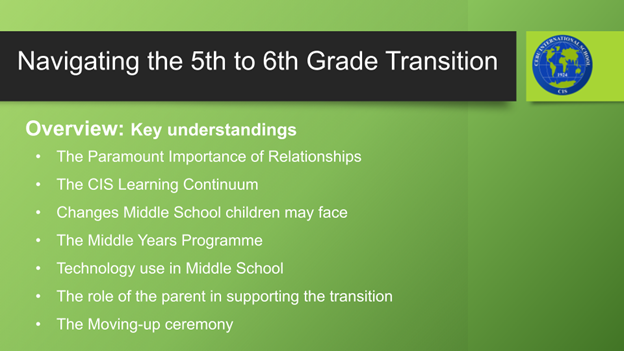

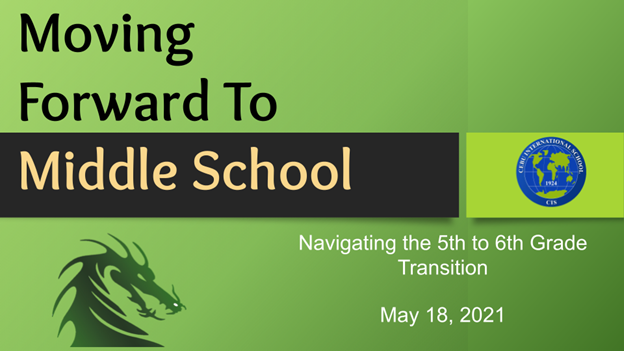






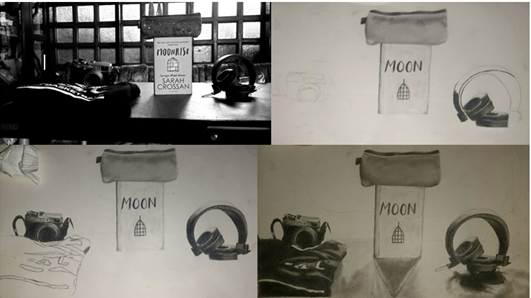
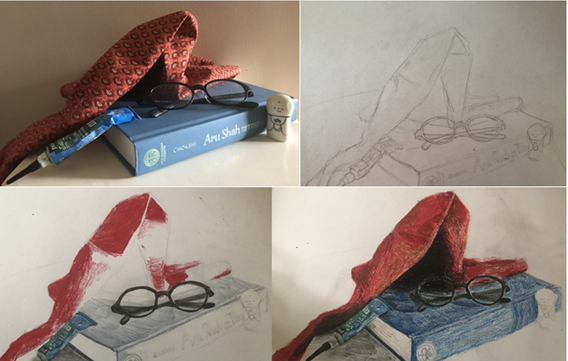
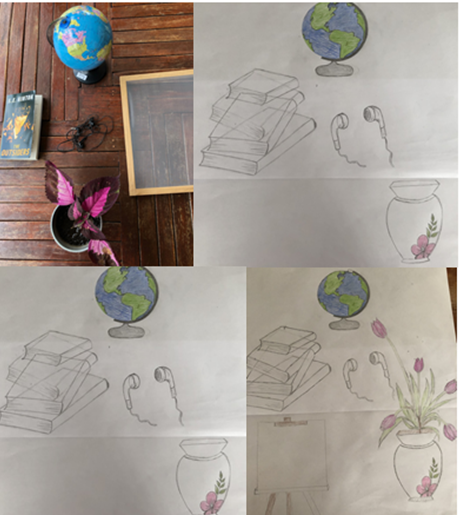

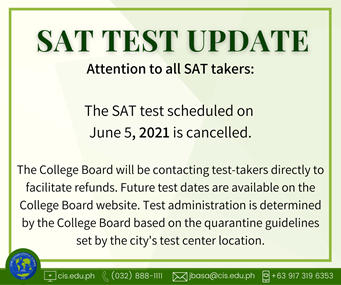
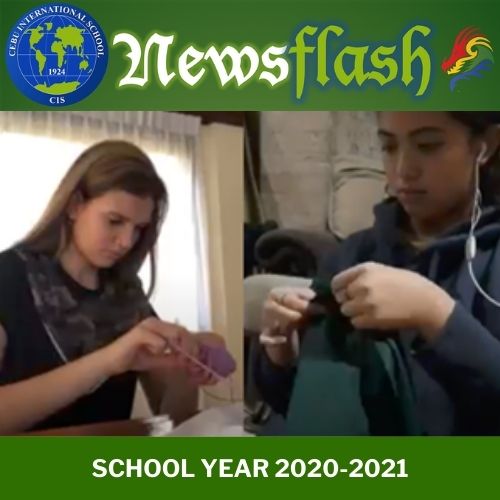
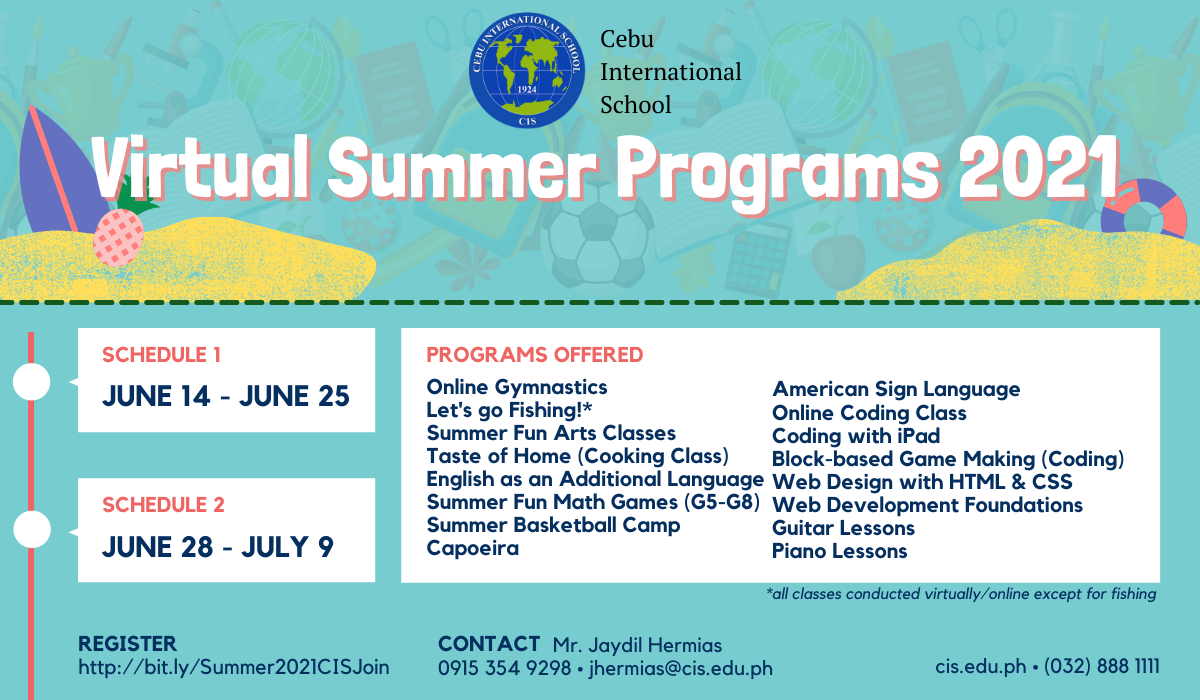
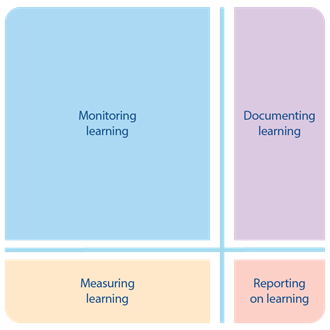 CIS teachers employ 4 types of monitoring process to measure student growth. The most valuable tool is our daily formative assessment practices where learning progress is monitored daily in a partner relationship between students and teachers. As students who have agency (a sense of ownership over their learning), daily negotiation takes place between the teacher and the student. The teacher provides the student worth feedback regarding their learning, and students equally seek advice as they engage in productive struggle to grasp new knowledge, concepts and skills. As this relationship between the teacher and student matures, the teachers and students form a learning partnership. Our CIS celebration of learning, held on
CIS teachers employ 4 types of monitoring process to measure student growth. The most valuable tool is our daily formative assessment practices where learning progress is monitored daily in a partner relationship between students and teachers. As students who have agency (a sense of ownership over their learning), daily negotiation takes place between the teacher and the student. The teacher provides the student worth feedback regarding their learning, and students equally seek advice as they engage in productive struggle to grasp new knowledge, concepts and skills. As this relationship between the teacher and student matures, the teachers and students form a learning partnership. Our CIS celebration of learning, held on As we embarked on our last unit for this school year,
As we embarked on our last unit for this school year, 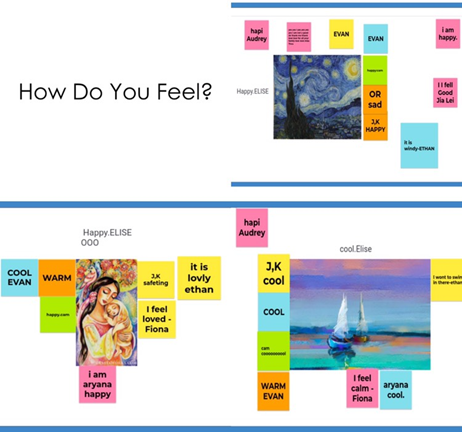 world’s famous paintings and artwork on how it makes them feel. The students discussed how the
world’s famous paintings and artwork on how it makes them feel. The students discussed how the 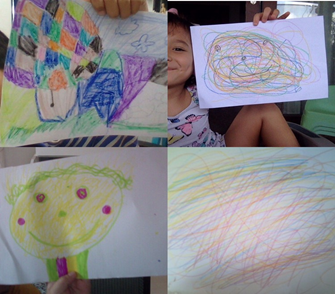
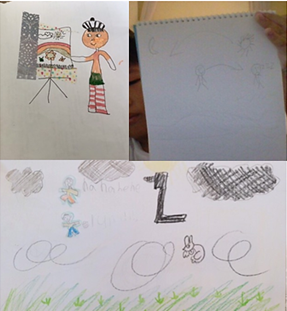
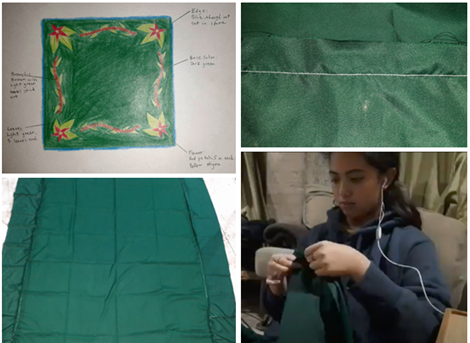
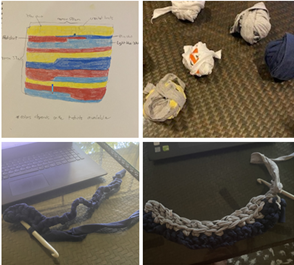
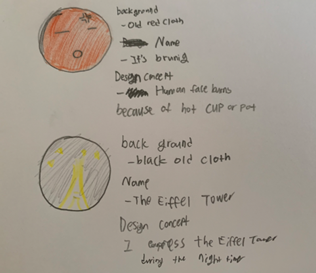
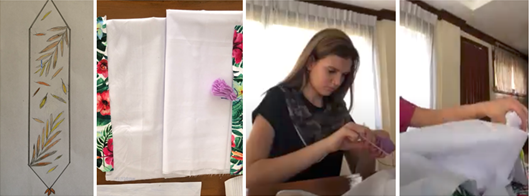
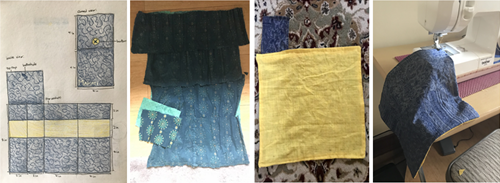
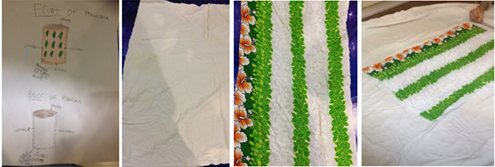
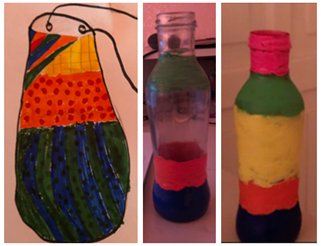
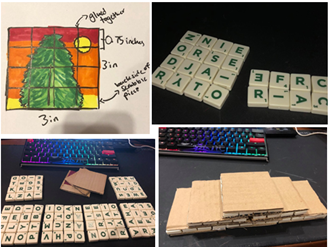


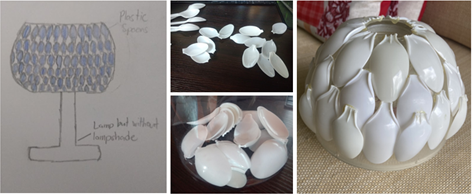



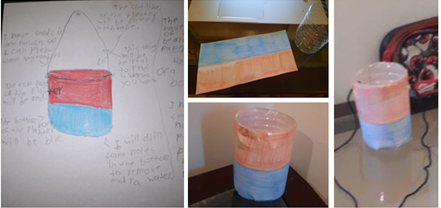

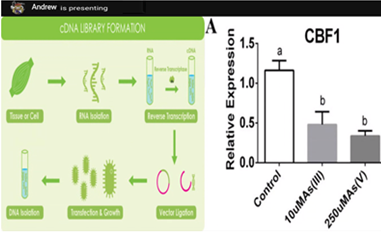 Organisms. They were provided with a range of categories, such as, Insulin production, Spider silk production, Frost resistant crops, Drought resistant crops, Flood tolerant crops, Bt crops, Herbicide resistant crops, etc. They chose a particular organism and conducted research on the techniques along with steps that are involved in the engineering and the transfer of the desired gene to the target organism. Also, they evaluated the advantages and disadvantages of GMOs. Their presentations were made using PPTs. To promote the chosen ATL skill of communication, each presentation was peer reviewed using a TAG feedback form.
Organisms. They were provided with a range of categories, such as, Insulin production, Spider silk production, Frost resistant crops, Drought resistant crops, Flood tolerant crops, Bt crops, Herbicide resistant crops, etc. They chose a particular organism and conducted research on the techniques along with steps that are involved in the engineering and the transfer of the desired gene to the target organism. Also, they evaluated the advantages and disadvantages of GMOs. Their presentations were made using PPTs. To promote the chosen ATL skill of communication, each presentation was peer reviewed using a TAG feedback form.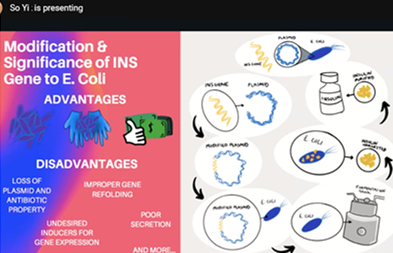

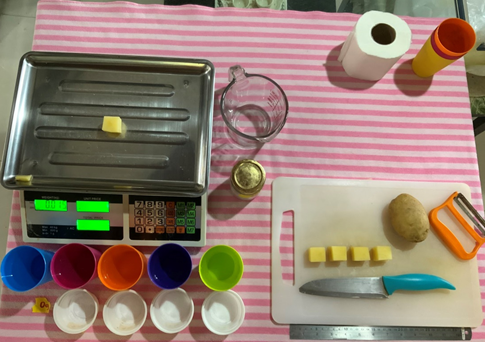
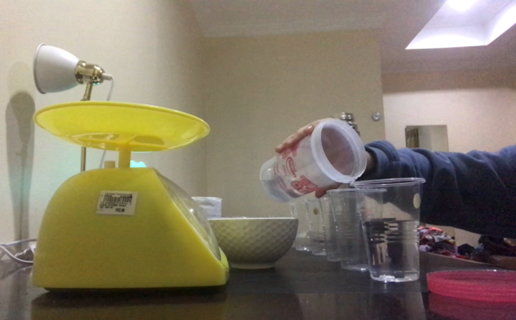


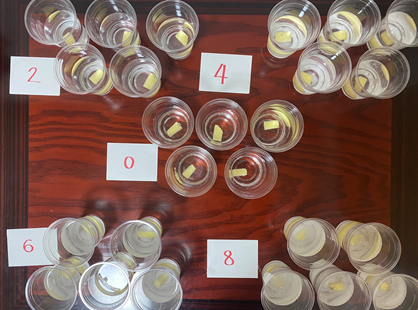


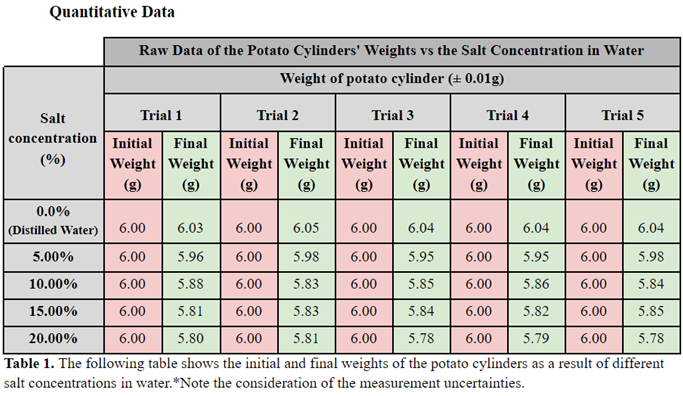

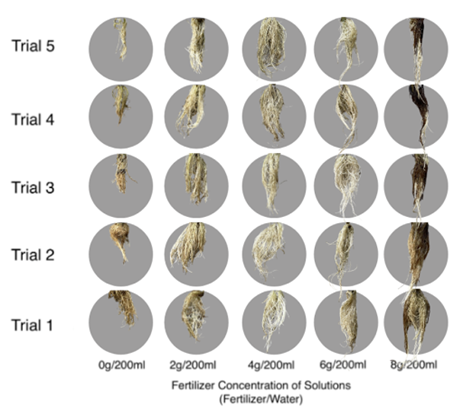
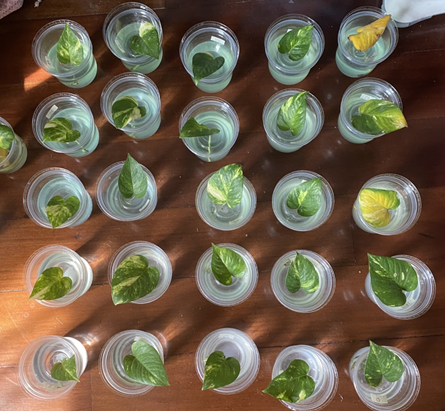
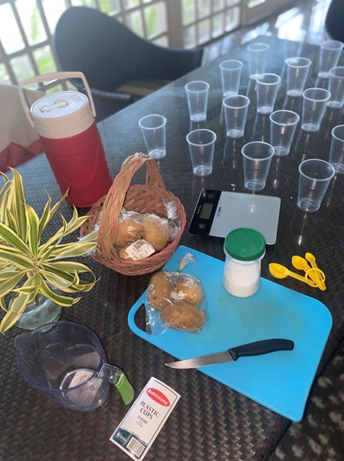
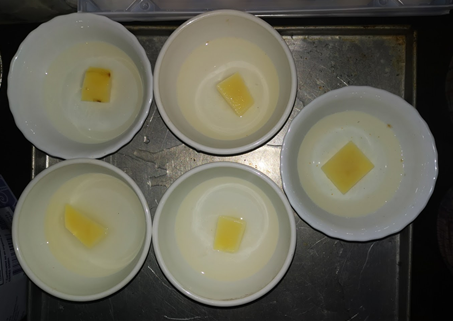



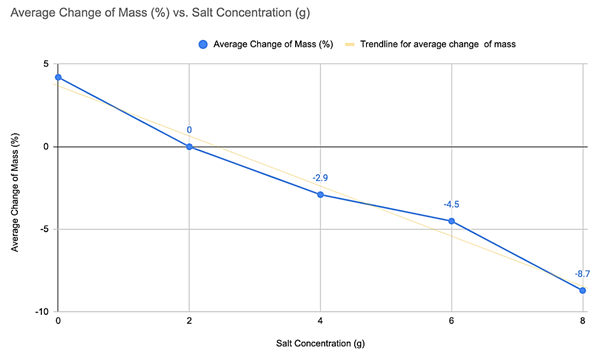
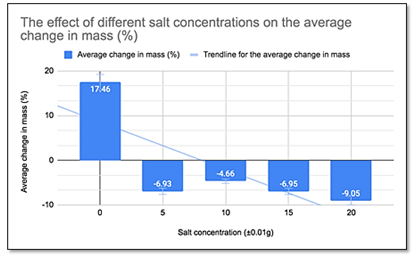
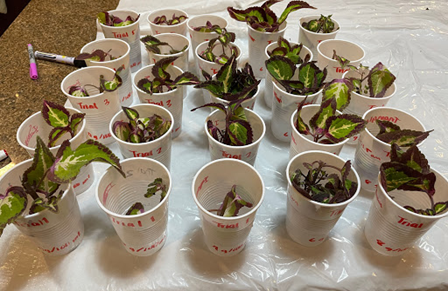
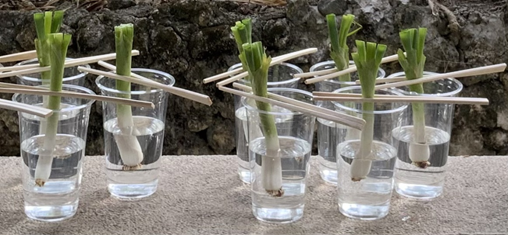

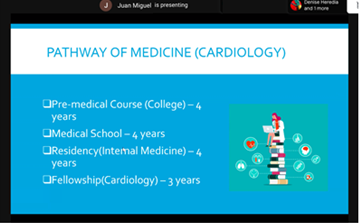 example of a person who is leading in this field and explore their failures and accomplishments. Students were also asked to identify further studies that may be required to pursue this career, and also the ways in which the IBDP program has helped them in laying the foundation for this career. Finally, students identified ways they could contribute to their local community and possibly on a global scale as well.
example of a person who is leading in this field and explore their failures and accomplishments. Students were also asked to identify further studies that may be required to pursue this career, and also the ways in which the IBDP program has helped them in laying the foundation for this career. Finally, students identified ways they could contribute to their local community and possibly on a global scale as well. 
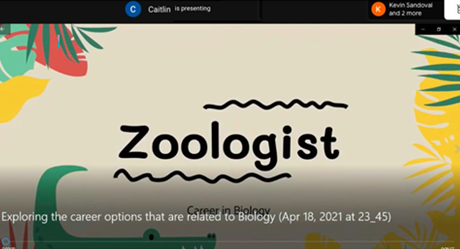


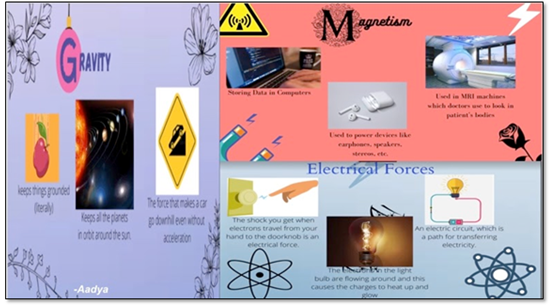
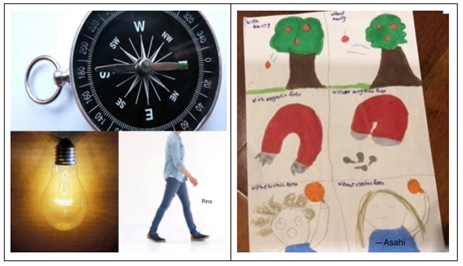

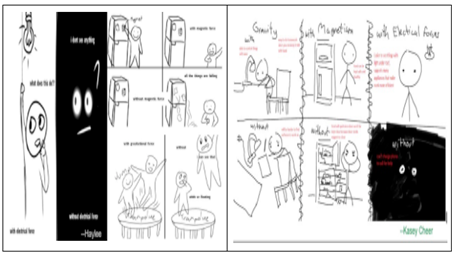
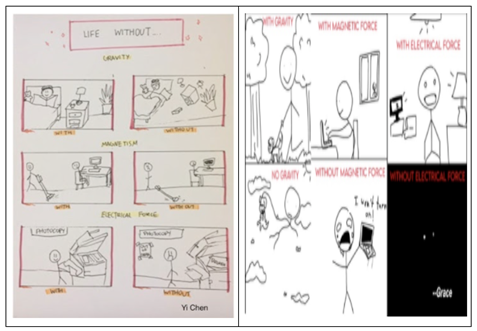
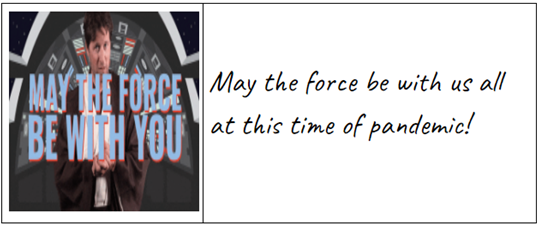 With these students’ reflections on the importance of force specifically the non-contact forces, it reminds me of the Star War’s famous line,
With these students’ reflections on the importance of force specifically the non-contact forces, it reminds me of the Star War’s famous line, 


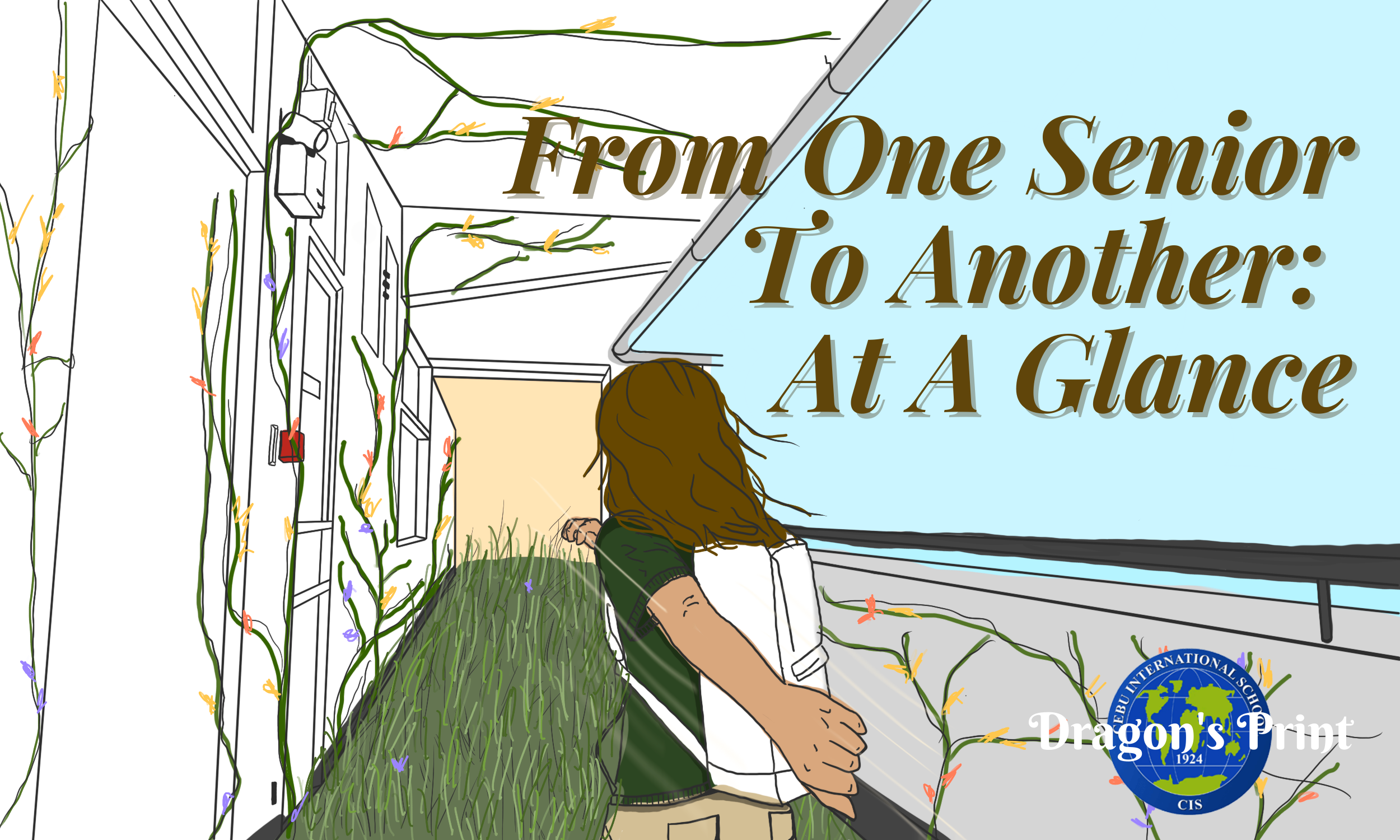
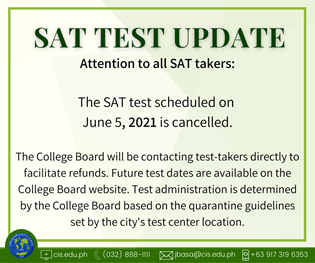
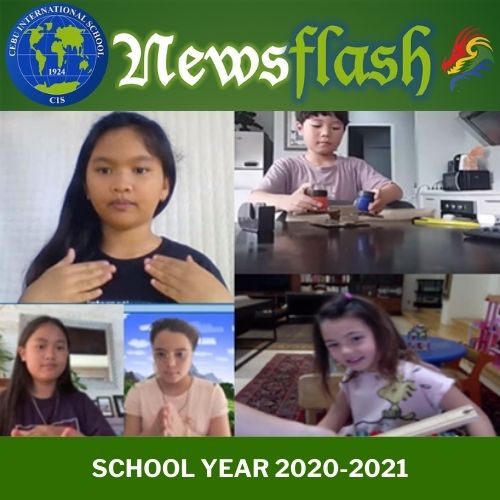



 We are extremely proud of their achievement and are amazed at how much they have grown as learners and individuals because of this experience. We are truly grateful to the Grade 5 team- Ms. Carolyn, Ms. Lana, Ms. Freya, and Ms. June, for the leadership and guidance that they have provided to the students. We would also like to express our appreciation to the mentors, and other faculty and community members for providing support, encouragement, and sharing their time and expertise that allowed the students to dig deeper into the issues that they were researching on. This is evidence of how we, as a community, are able to create a collaborative culture that creates a positive impact on our students, our community, and the world.
We are extremely proud of their achievement and are amazed at how much they have grown as learners and individuals because of this experience. We are truly grateful to the Grade 5 team- Ms. Carolyn, Ms. Lana, Ms. Freya, and Ms. June, for the leadership and guidance that they have provided to the students. We would also like to express our appreciation to the mentors, and other faculty and community members for providing support, encouragement, and sharing their time and expertise that allowed the students to dig deeper into the issues that they were researching on. This is evidence of how we, as a community, are able to create a collaborative culture that creates a positive impact on our students, our community, and the world. 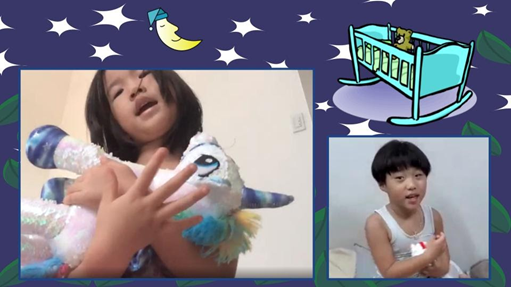



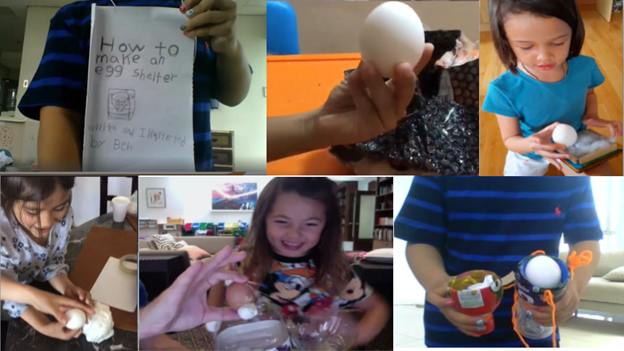


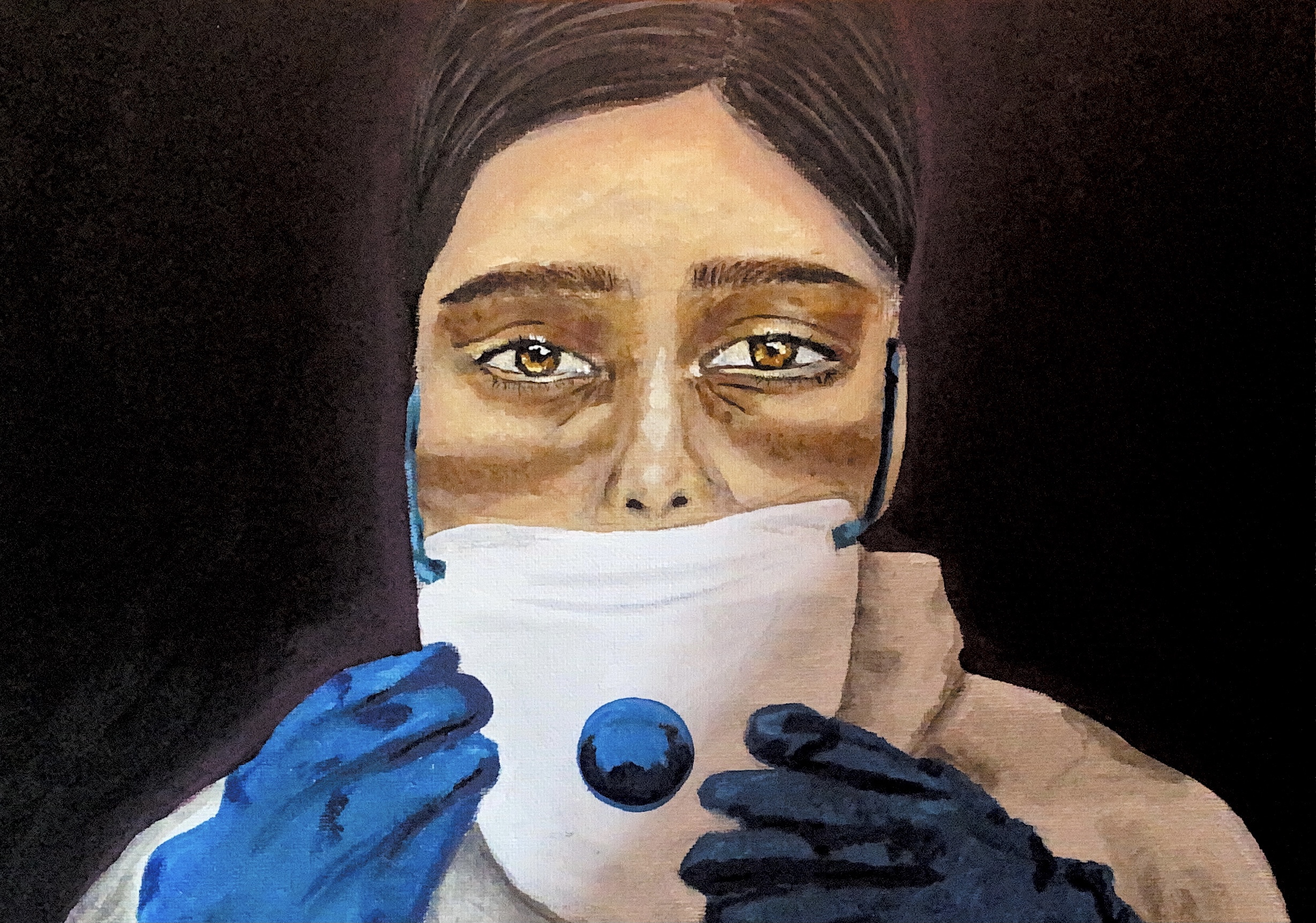 were restricted to online class engagement, may have felt isolation, and had limited access to materials. However, creativity as an essential objective in the arts addresses the need for student-centered learning that leads to innovative strategies in resolving the huge changes happening within education at this turning point.
were restricted to online class engagement, may have felt isolation, and had limited access to materials. However, creativity as an essential objective in the arts addresses the need for student-centered learning that leads to innovative strategies in resolving the huge changes happening within education at this turning point. 
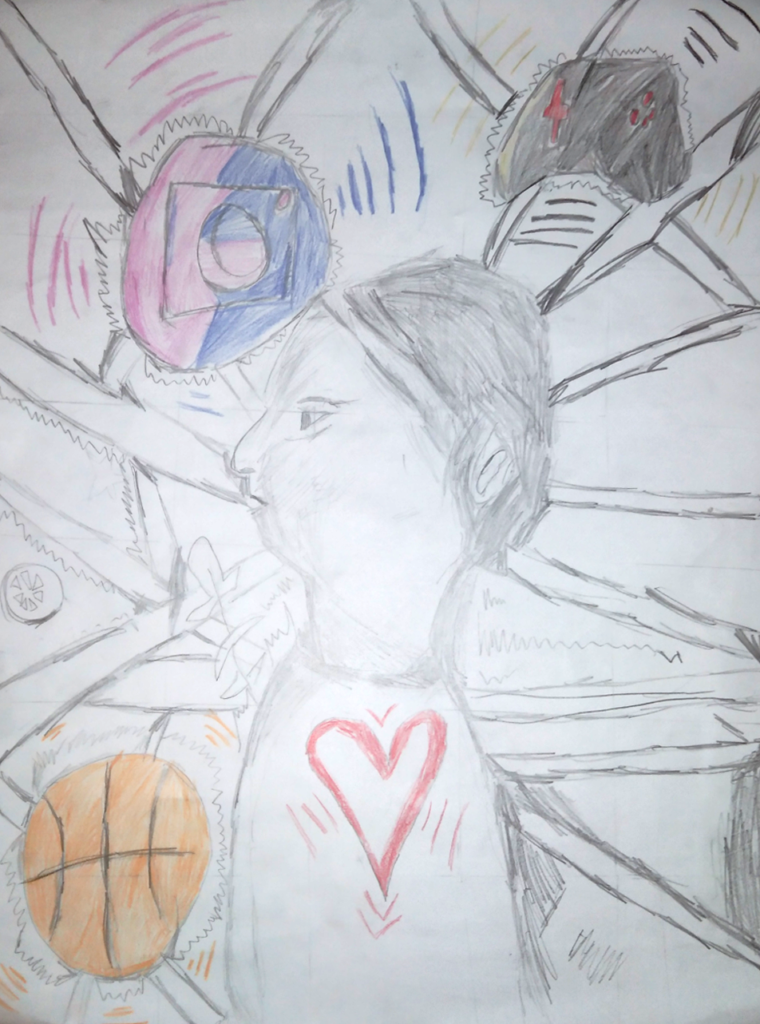
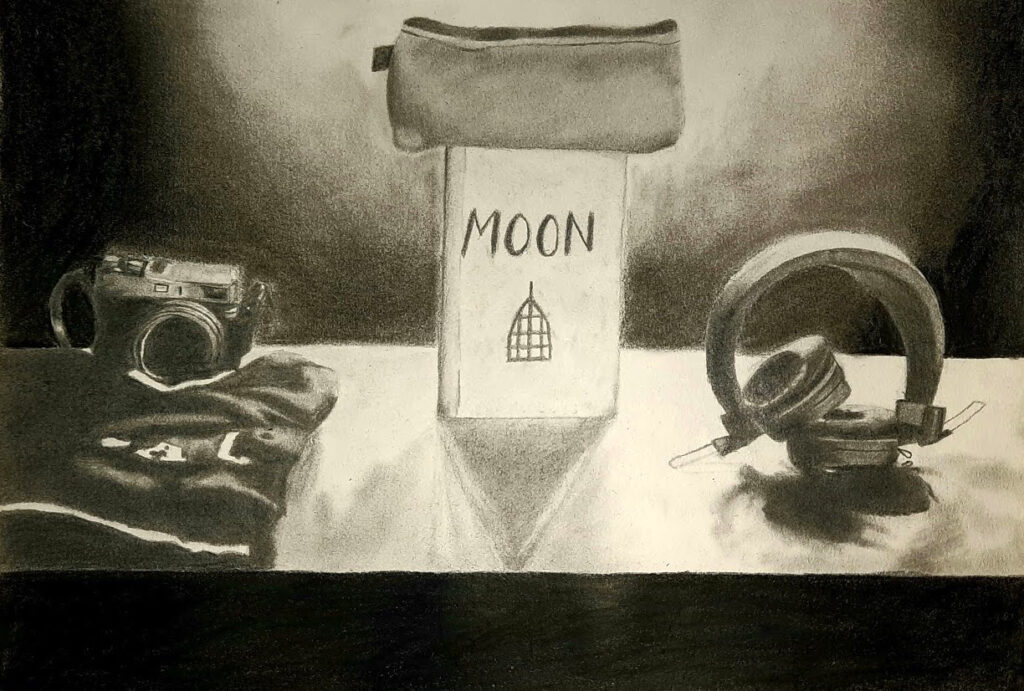


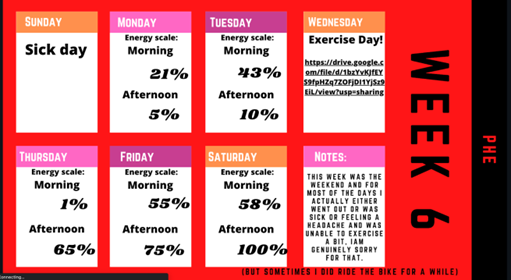
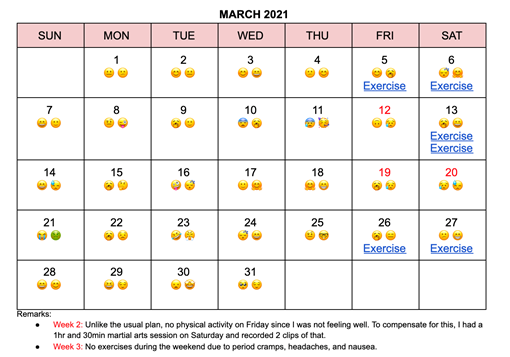
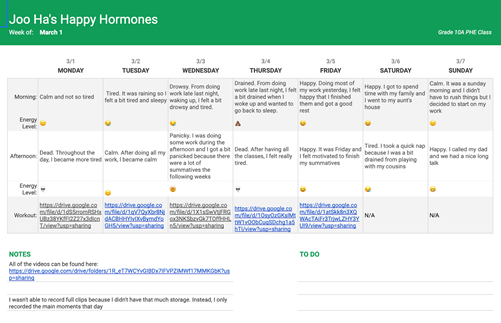

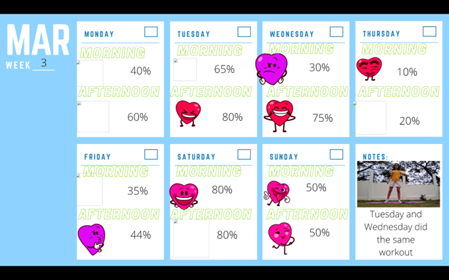
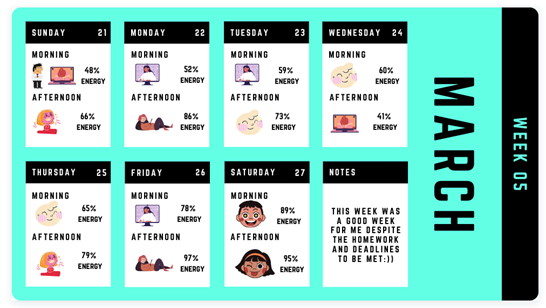
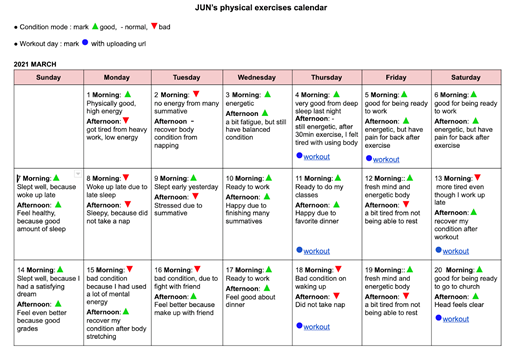

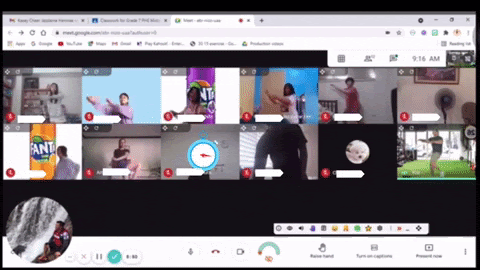
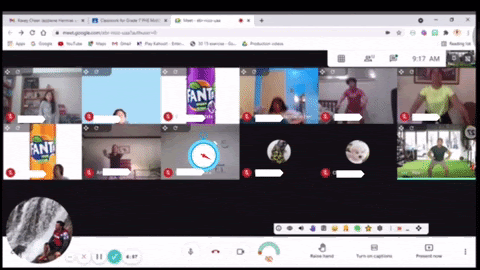

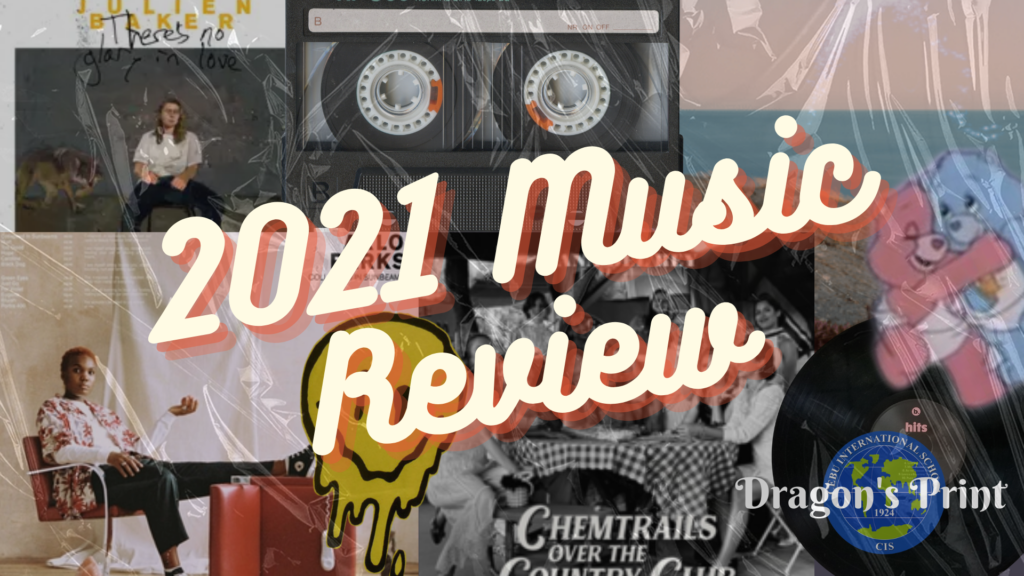

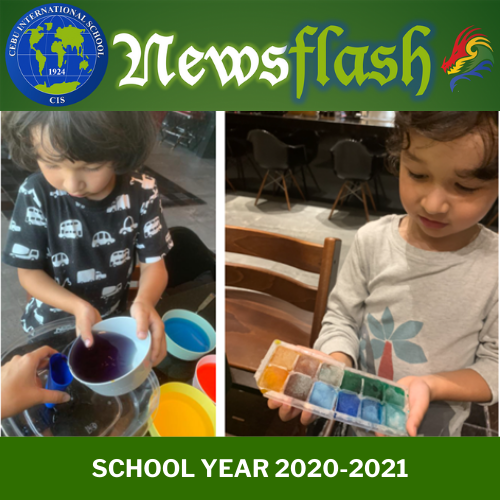

 Art in the Early Years
Art in the Early Years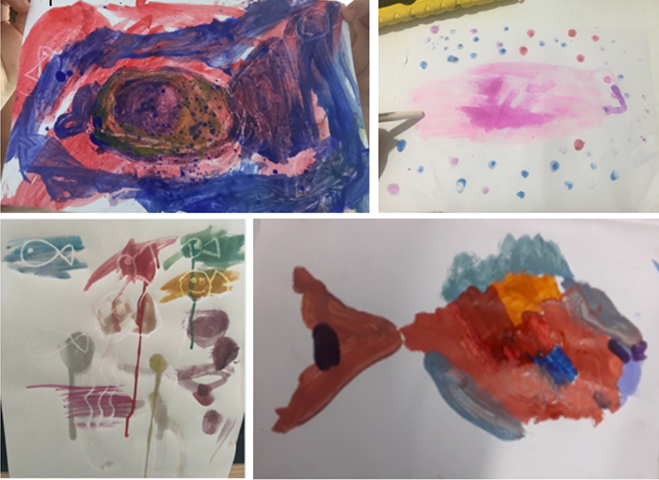
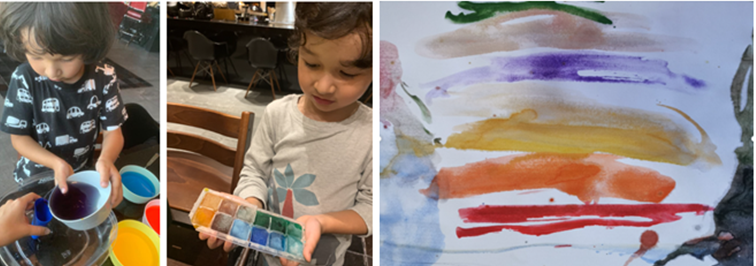
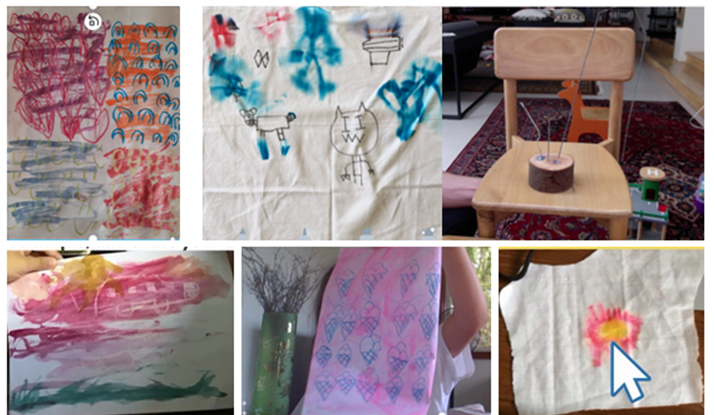
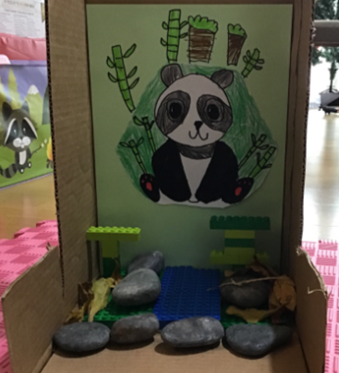
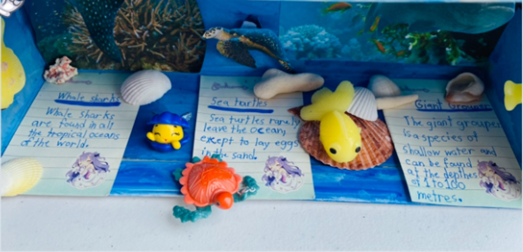
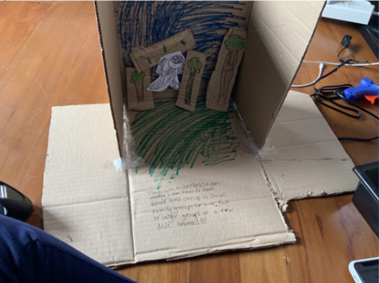
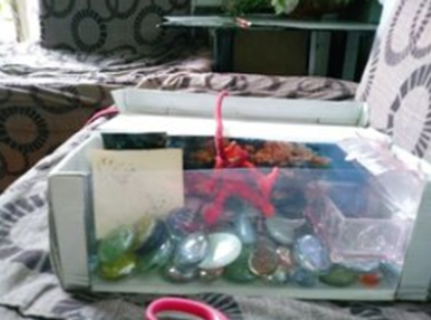





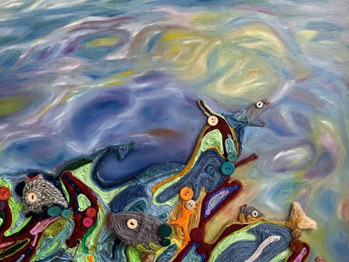


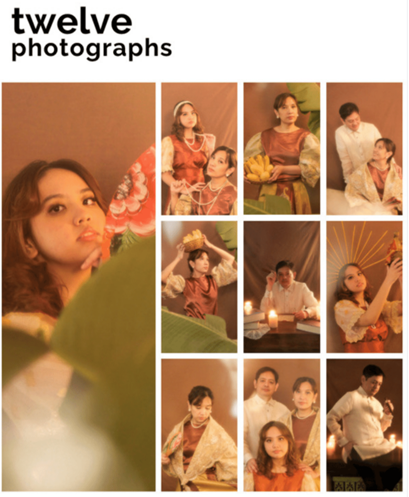
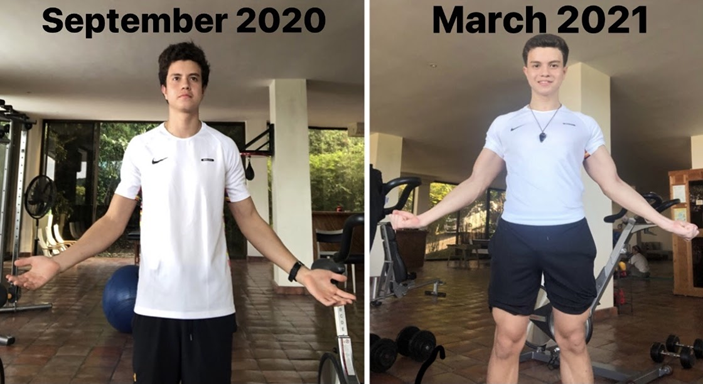

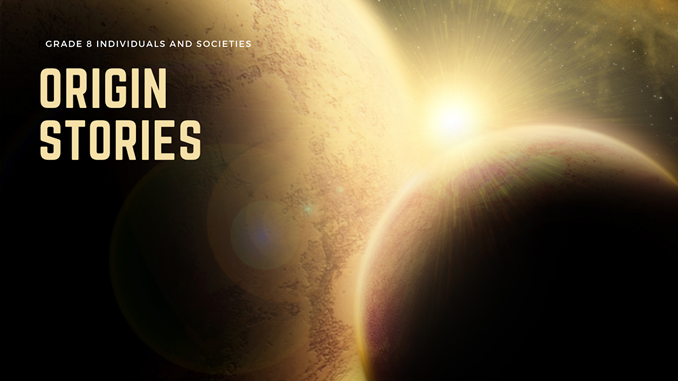 something from Tokyo and have it in our hands by the end of the week. But how far back do we need to go to truly understand the concept of globalisation? Do we not also need to know about the merchants who trading materials along the Silk Road on three continents centuries ago, the history of humanity, or even where the earth and the stars come from? These are called ORIGIN STORIES.
something from Tokyo and have it in our hands by the end of the week. But how far back do we need to go to truly understand the concept of globalisation? Do we not also need to know about the merchants who trading materials along the Silk Road on three continents centuries ago, the history of humanity, or even where the earth and the stars come from? These are called ORIGIN STORIES. 

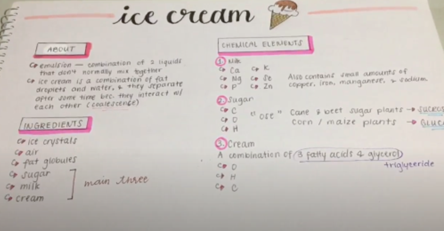

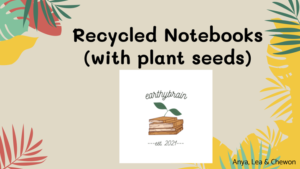 Grade 10 Business students have been developing their own unique products or services that they will pitch in a ‘Shark Tank’ style exercise at the end of the semester. In teams, they were tasked with creating brief presentations in order to receive feedback before moving to the next phase of the project. These presentations involved devising a company name, logo, slogan, visual representation, and rationale for their product or service. Not only does this project challenge students to think both critically and creatively, but it also requires effective communication and collaboration. Simulating the “Shark Tank” experience with actual products allows students to see the relevance of the content they have been learning in their Business course.
Grade 10 Business students have been developing their own unique products or services that they will pitch in a ‘Shark Tank’ style exercise at the end of the semester. In teams, they were tasked with creating brief presentations in order to receive feedback before moving to the next phase of the project. These presentations involved devising a company name, logo, slogan, visual representation, and rationale for their product or service. Not only does this project challenge students to think both critically and creatively, but it also requires effective communication and collaboration. Simulating the “Shark Tank” experience with actual products allows students to see the relevance of the content they have been learning in their Business course.